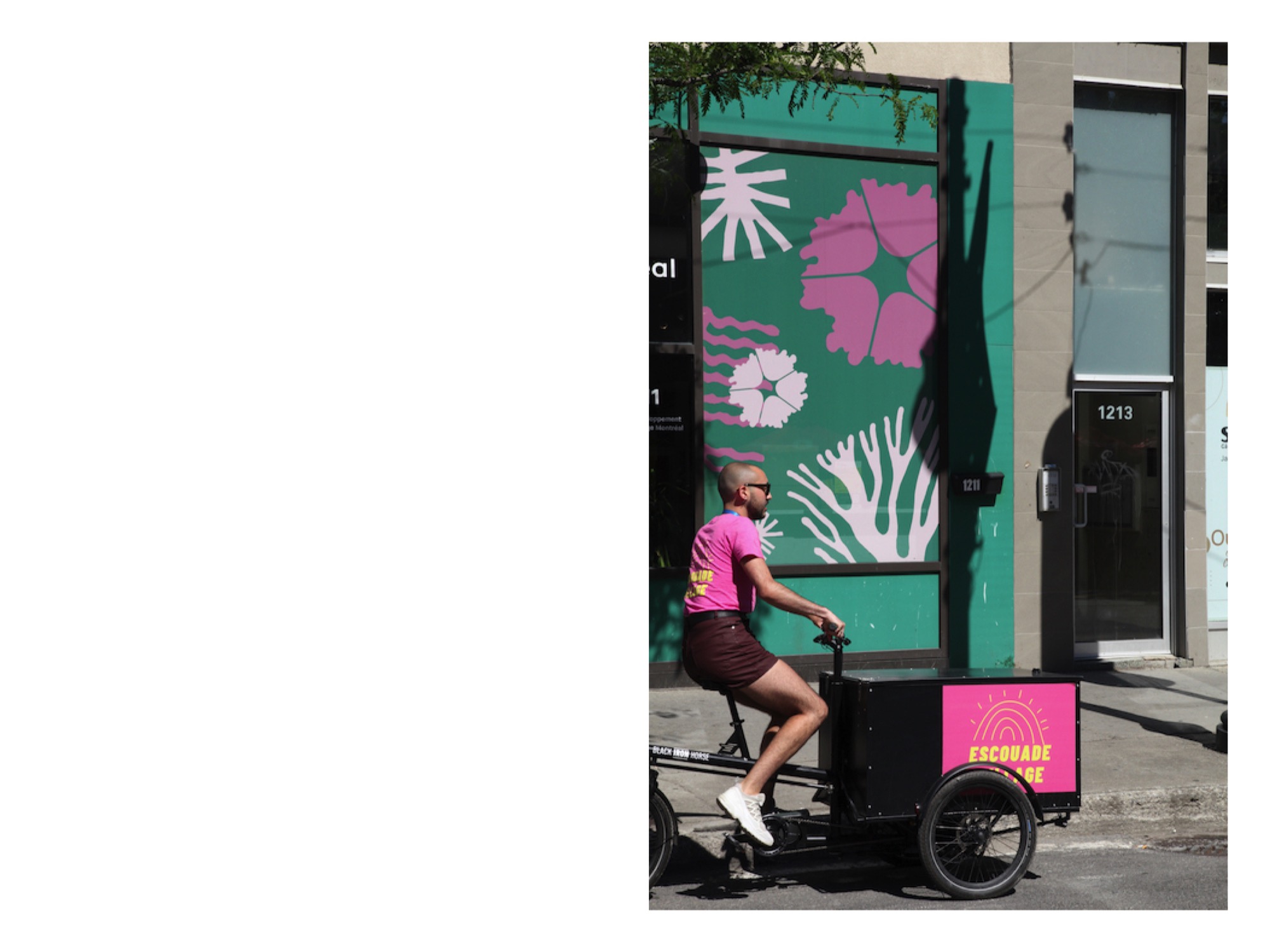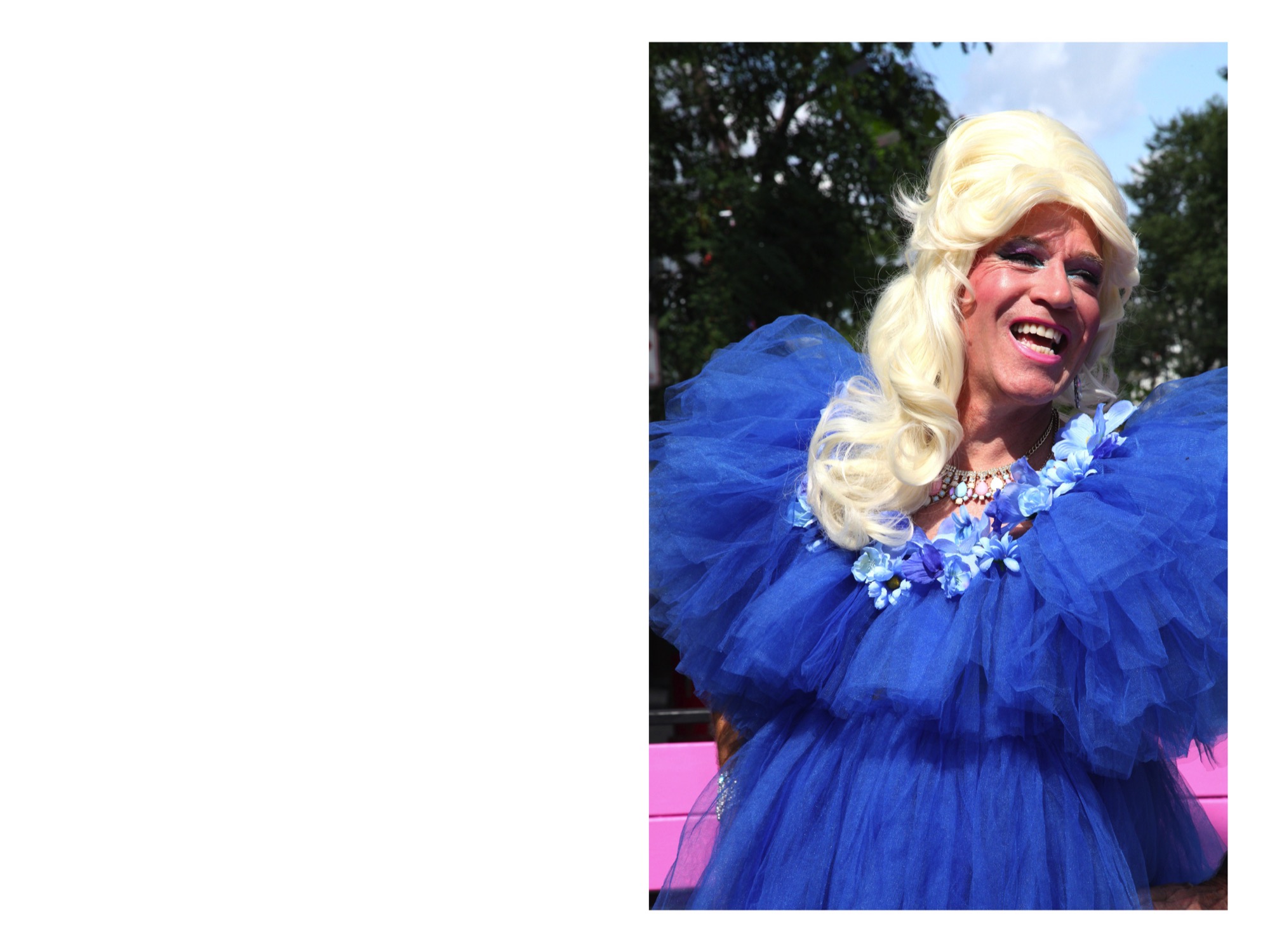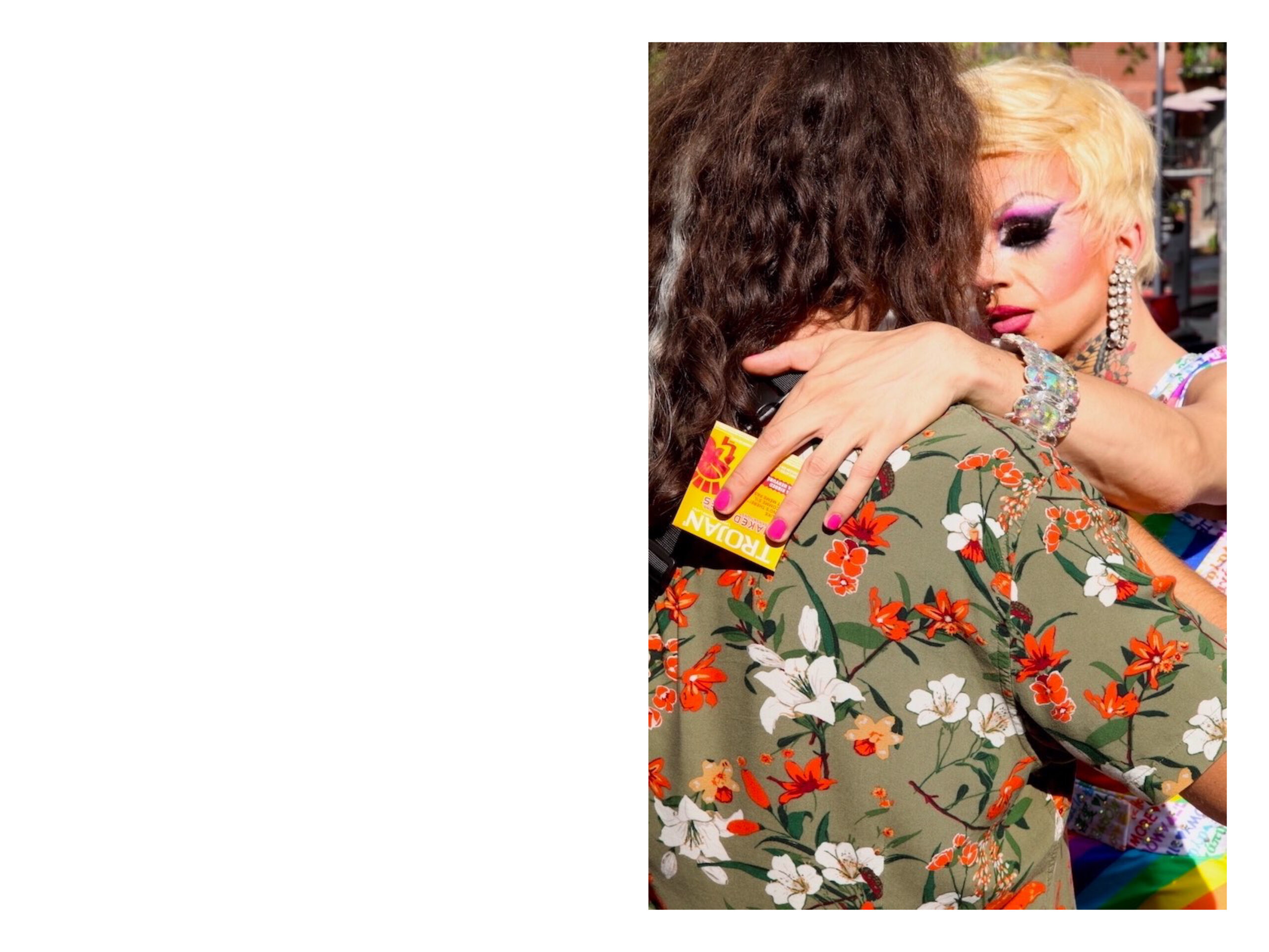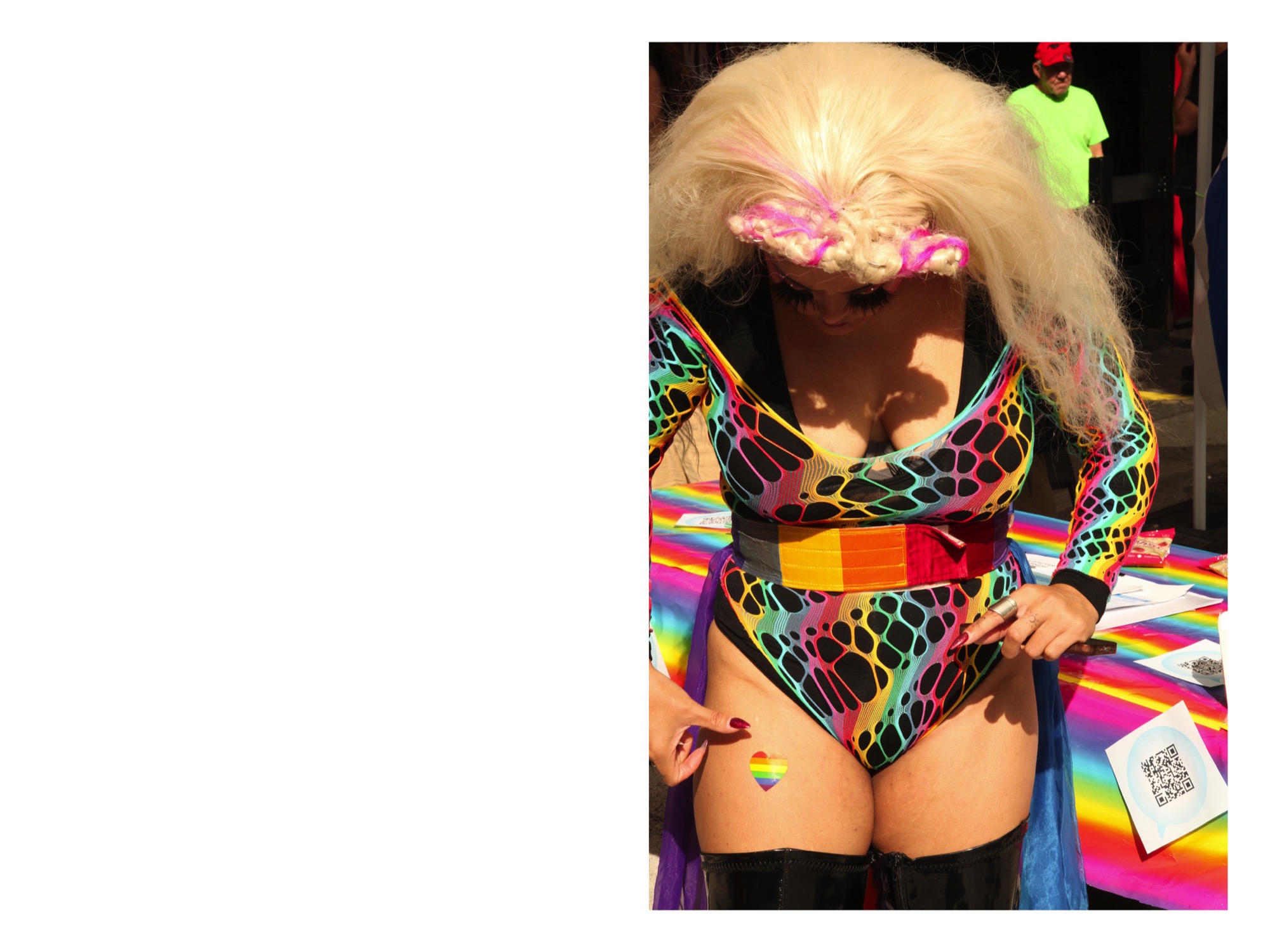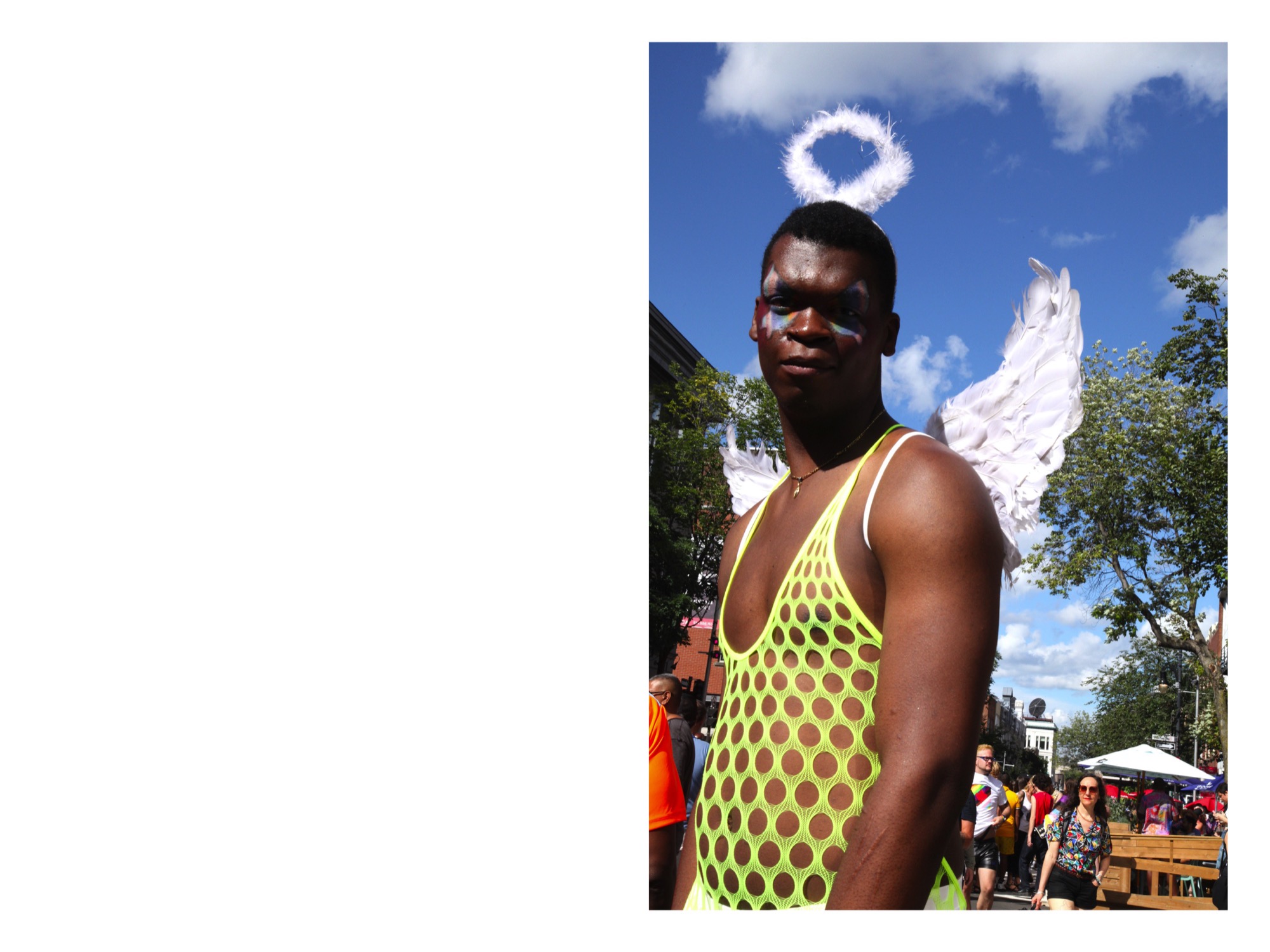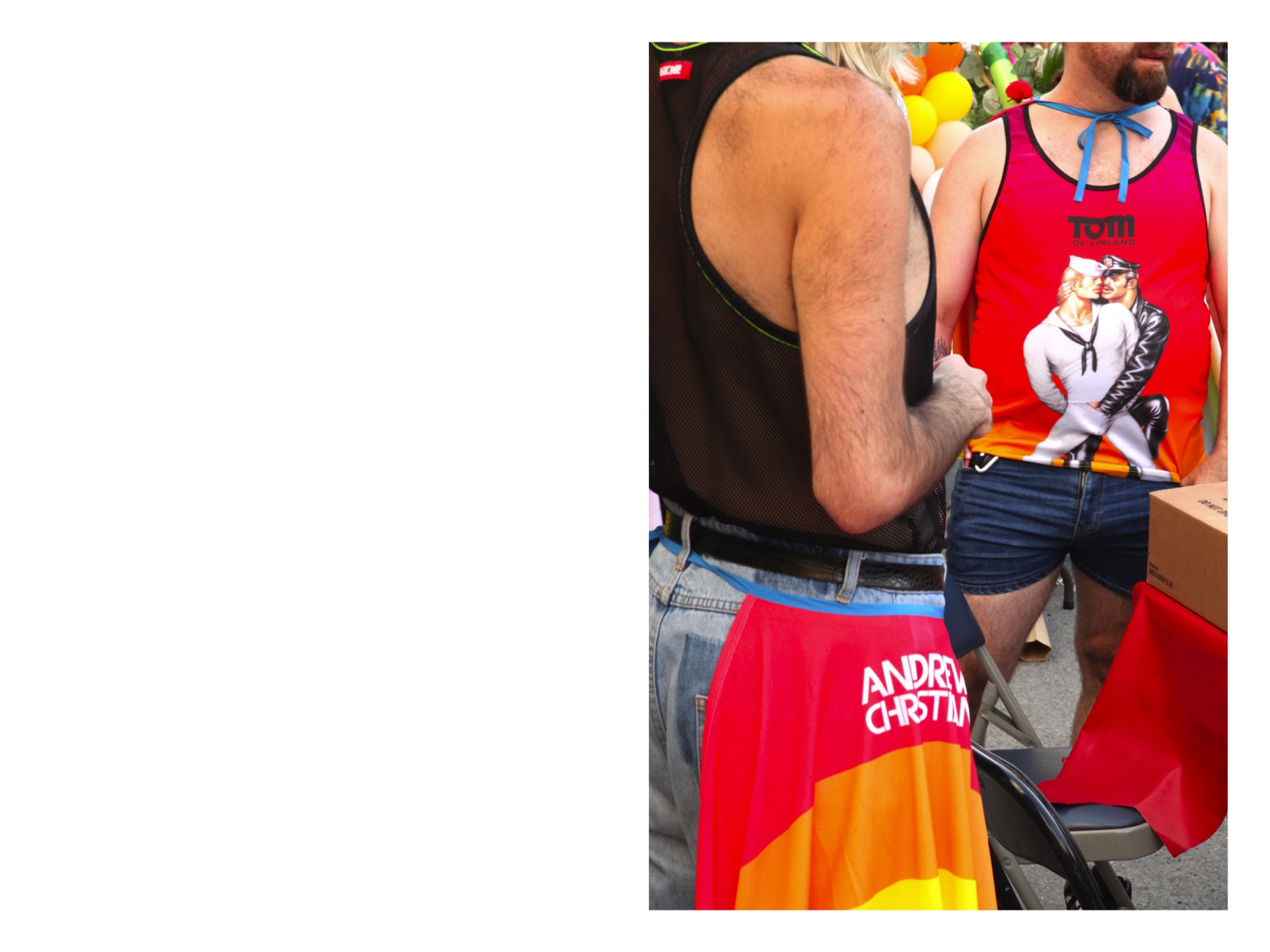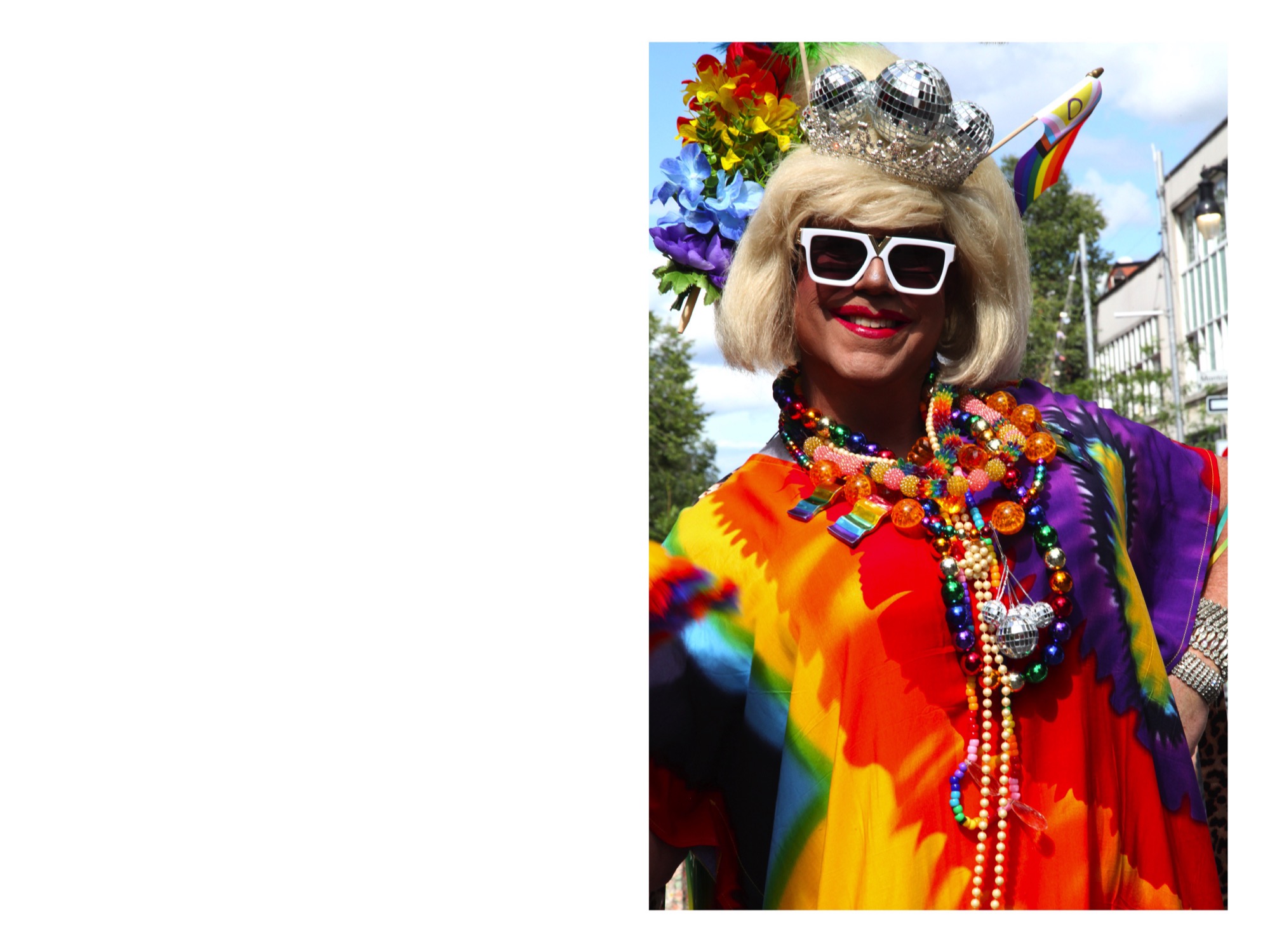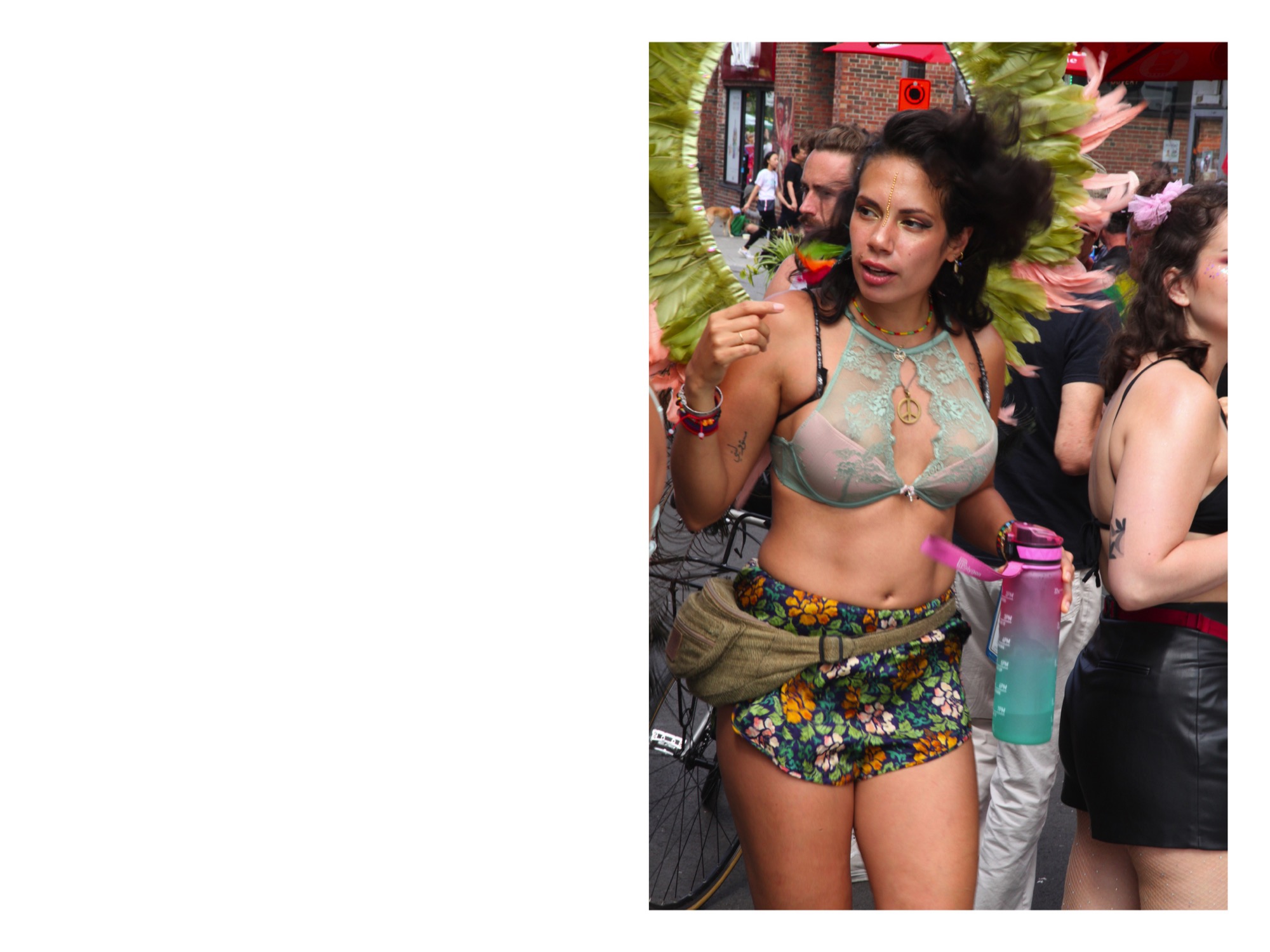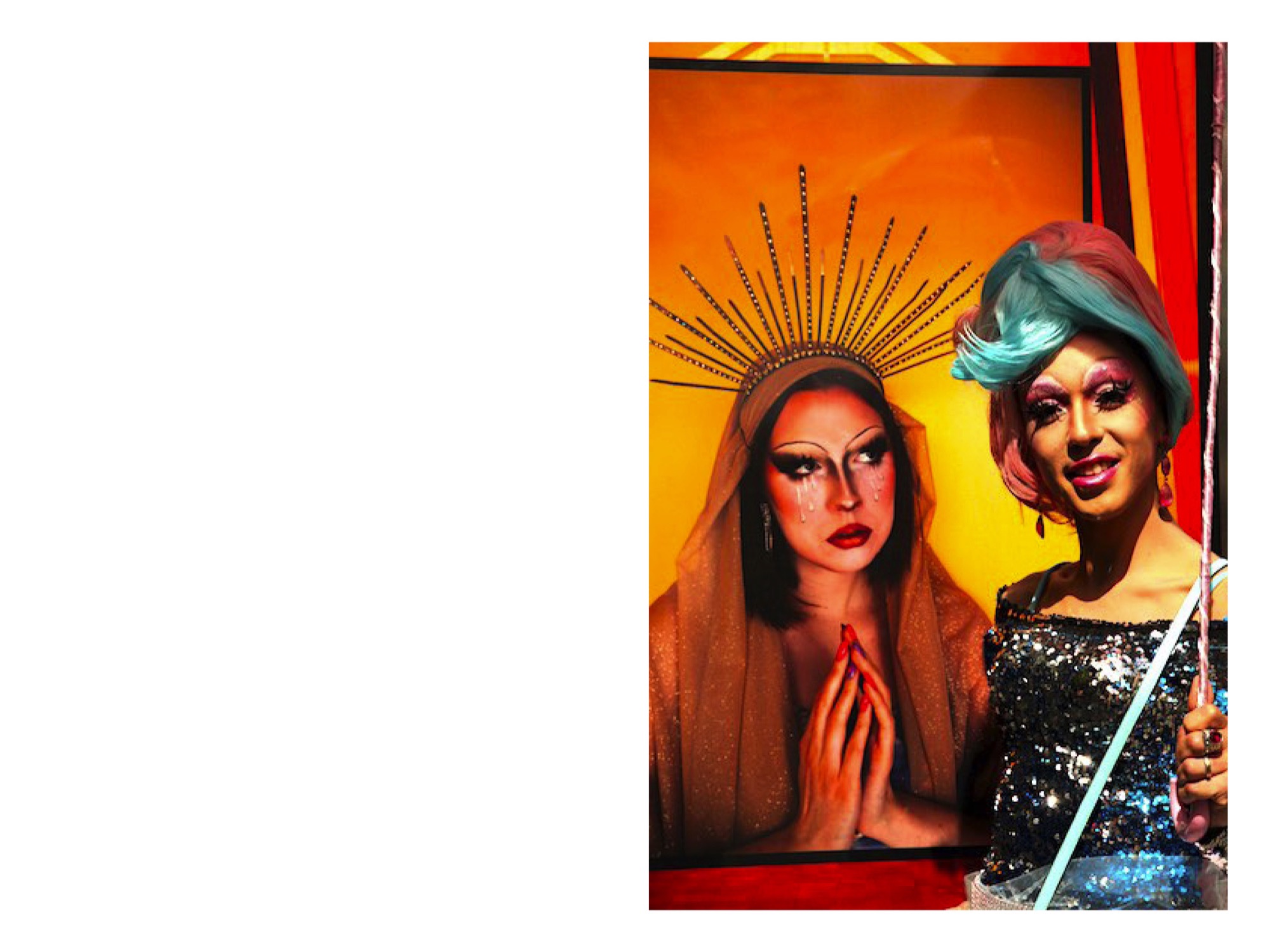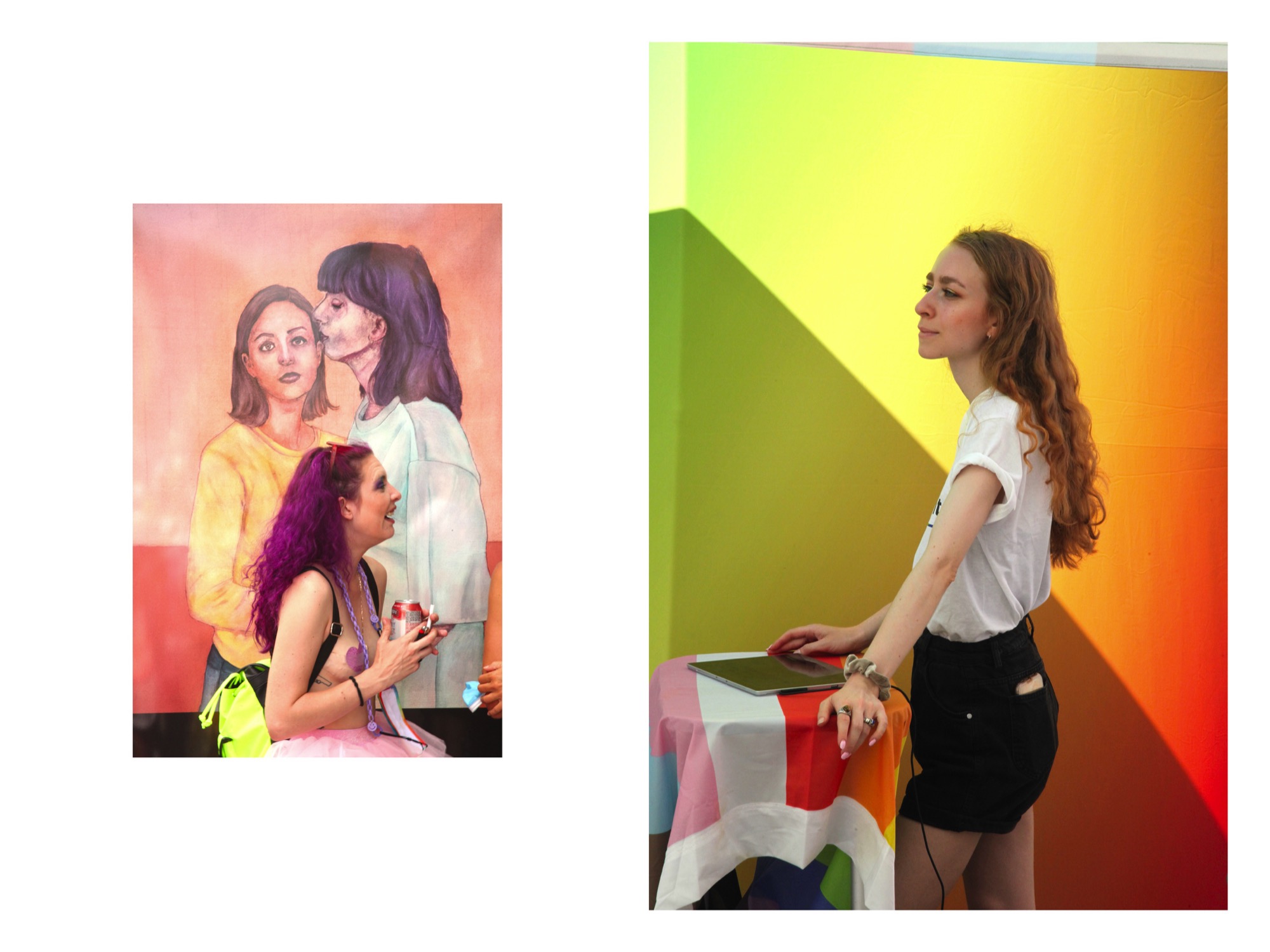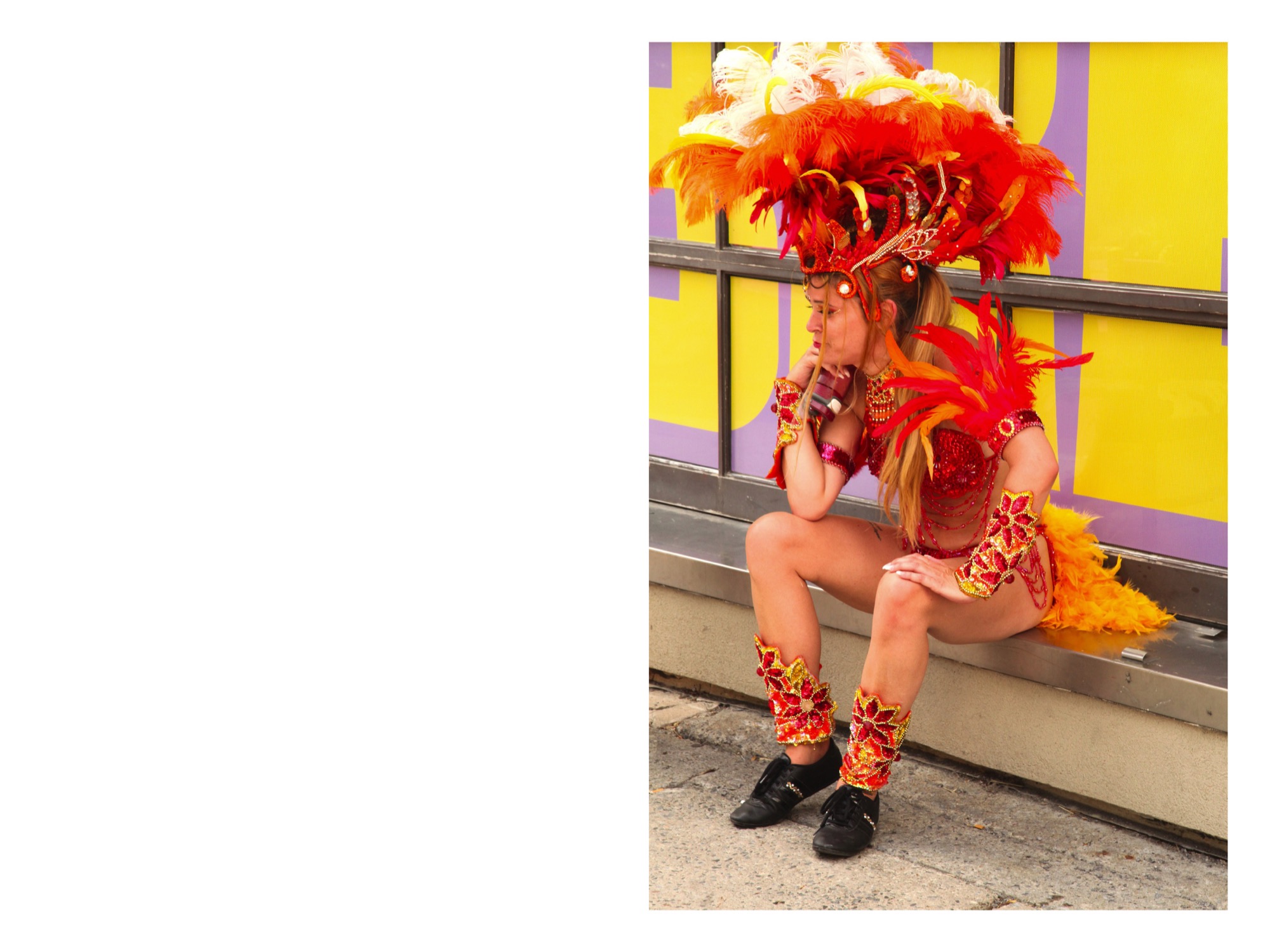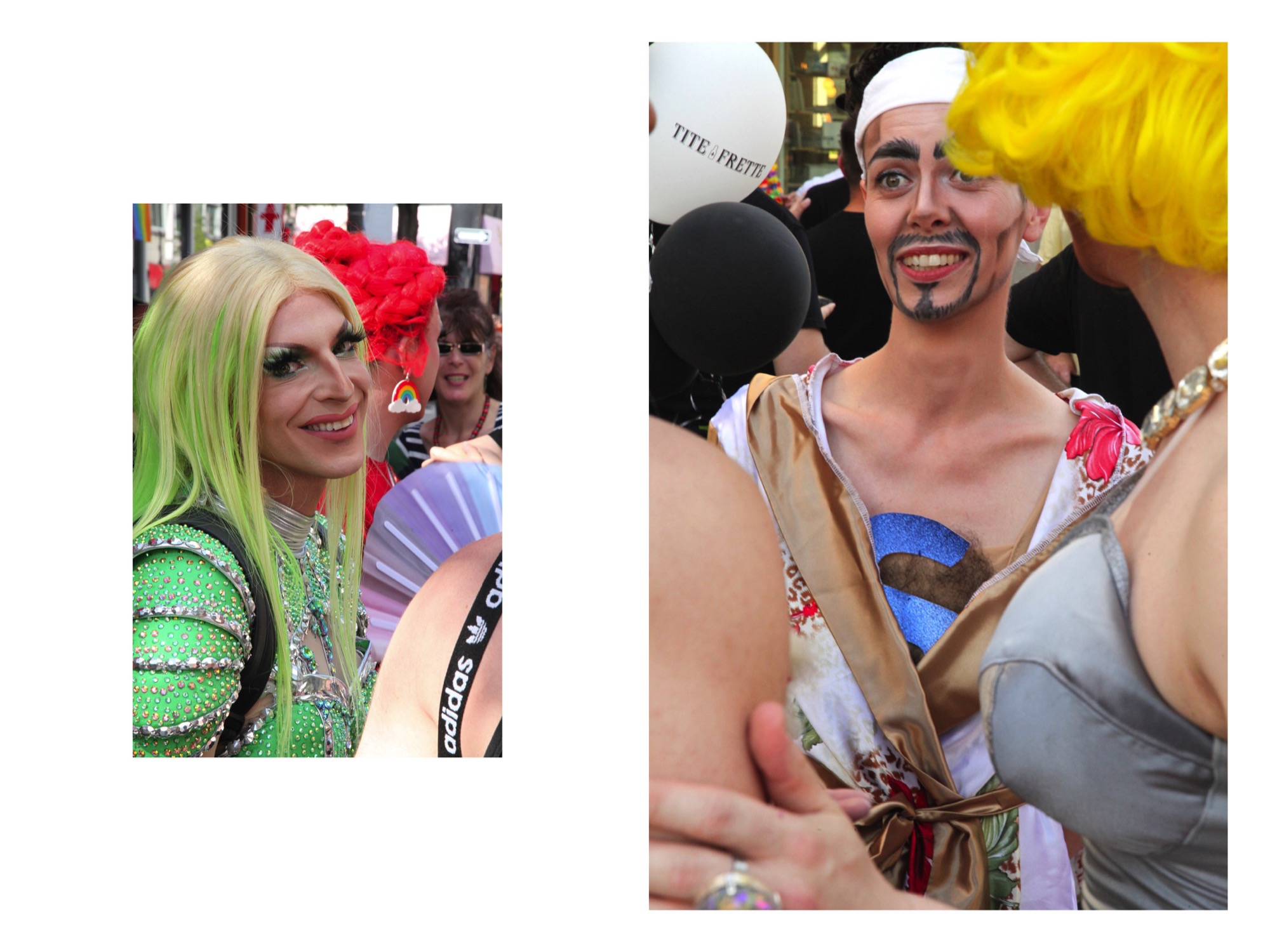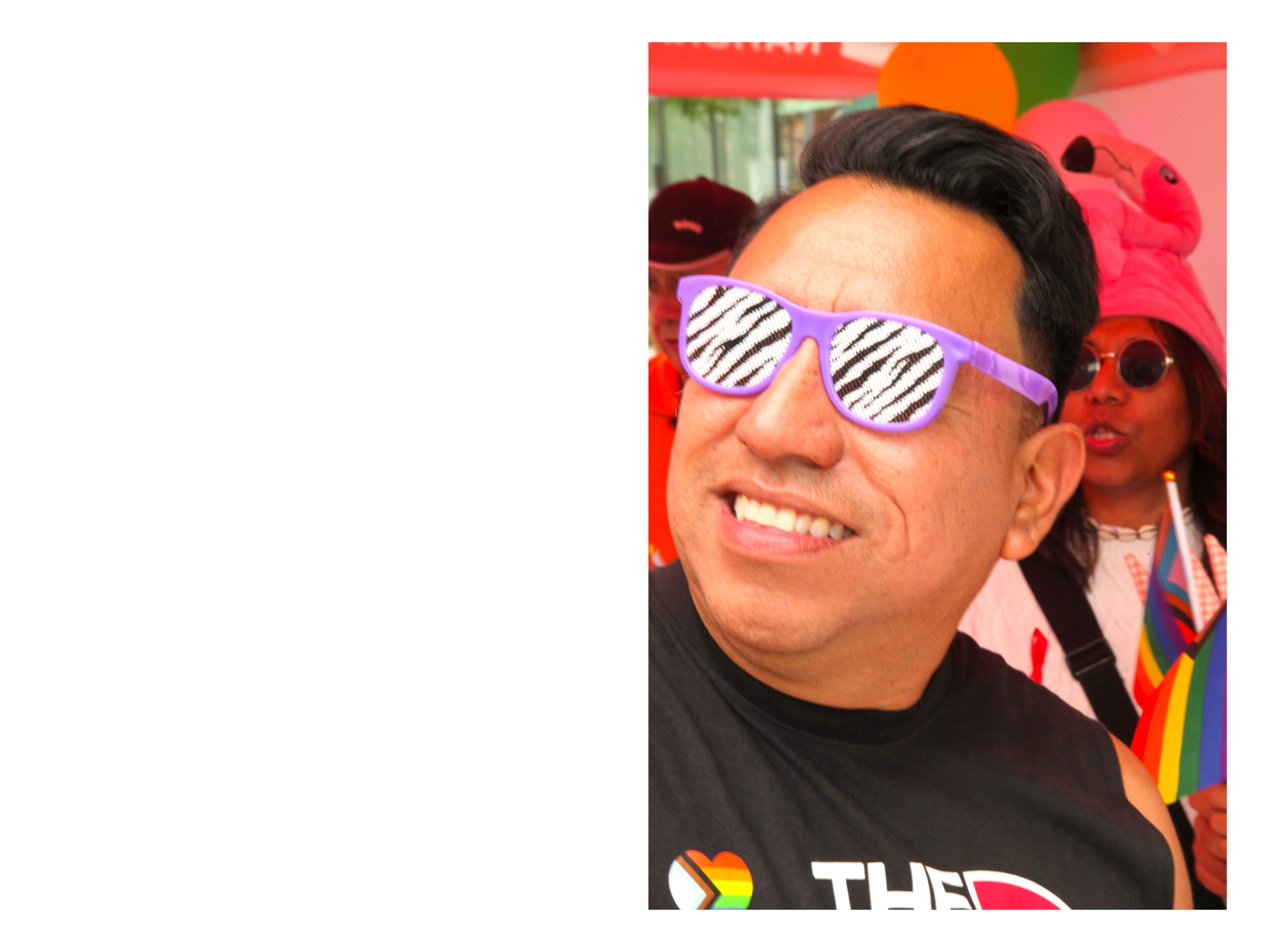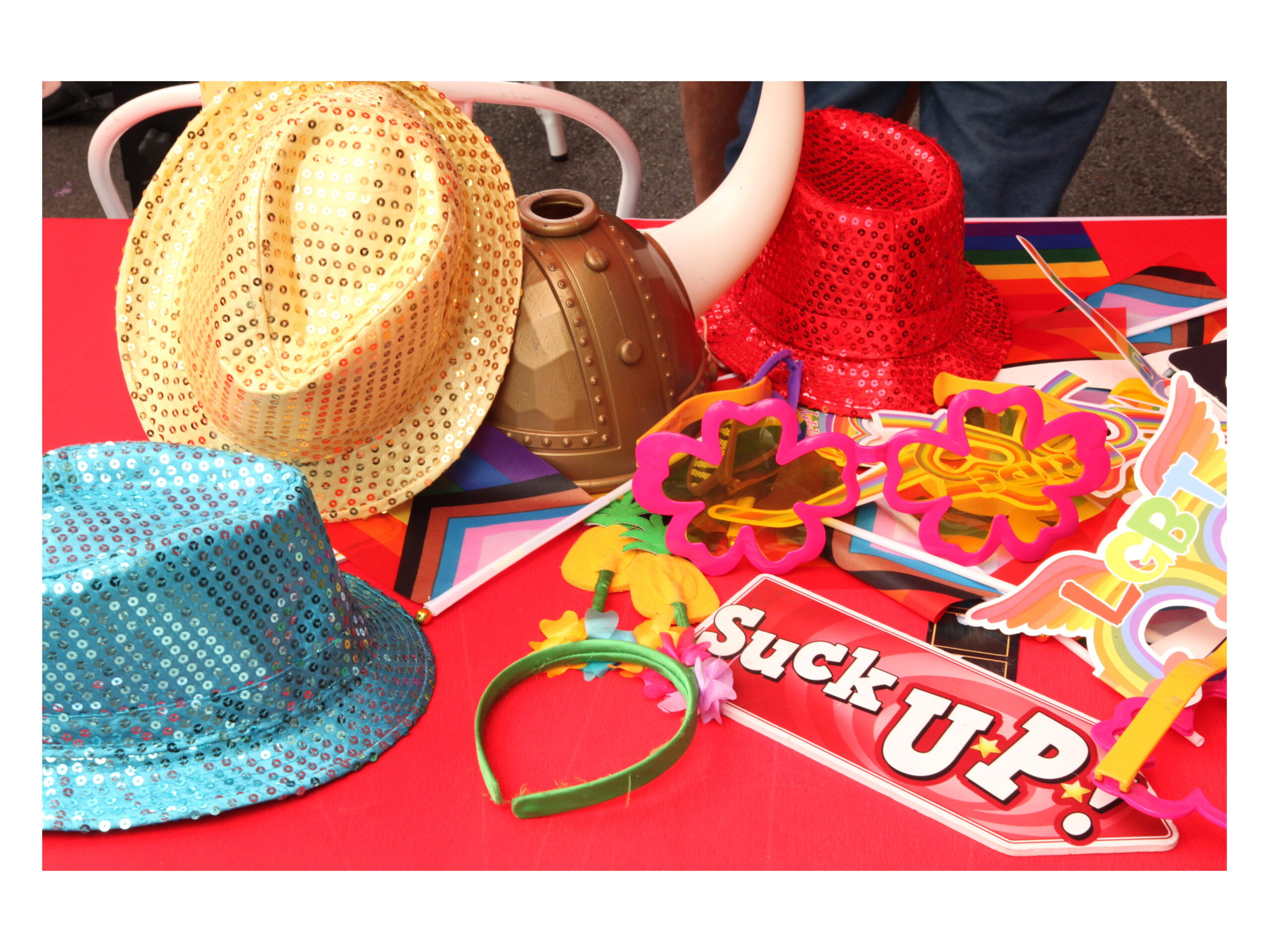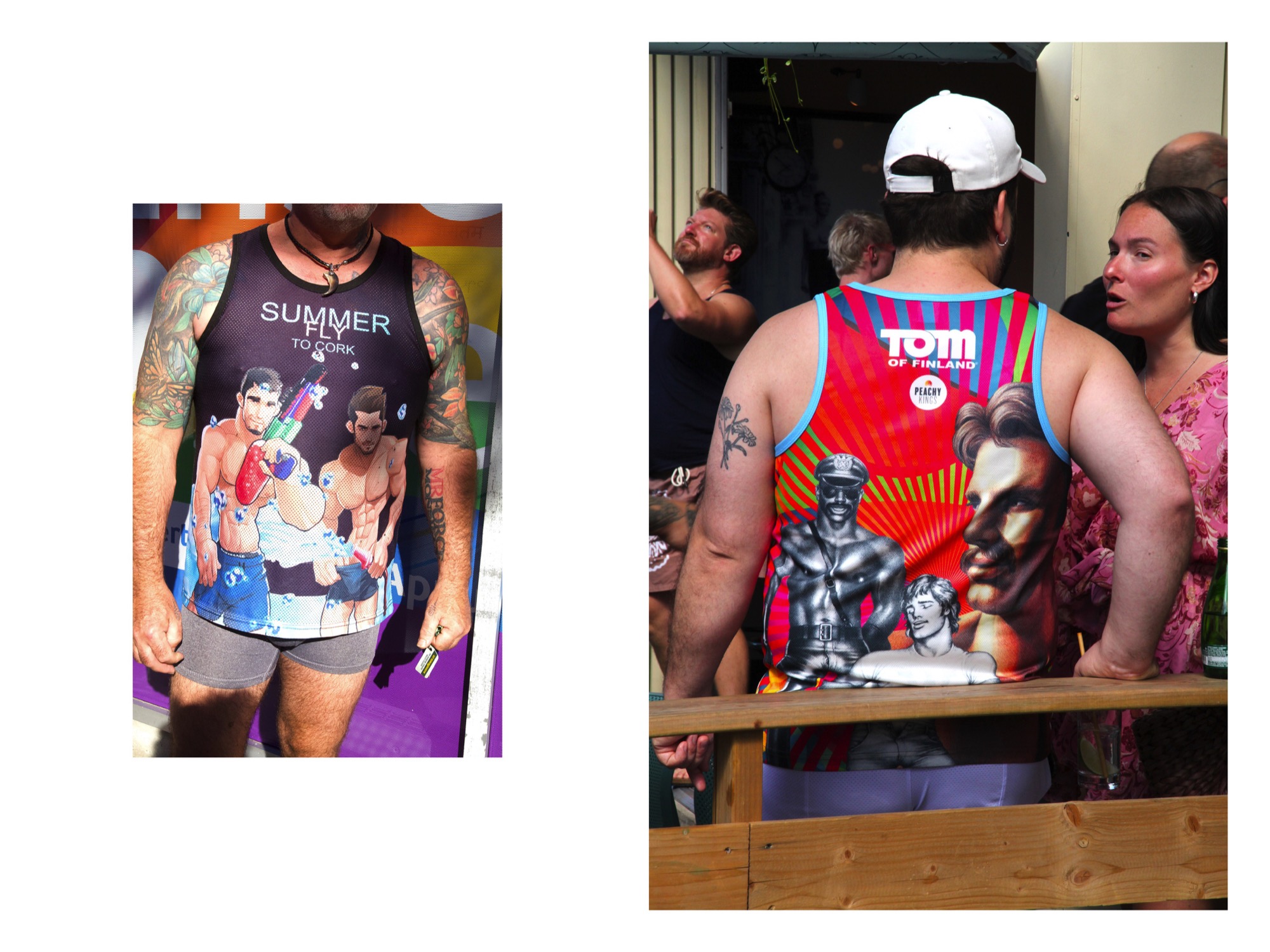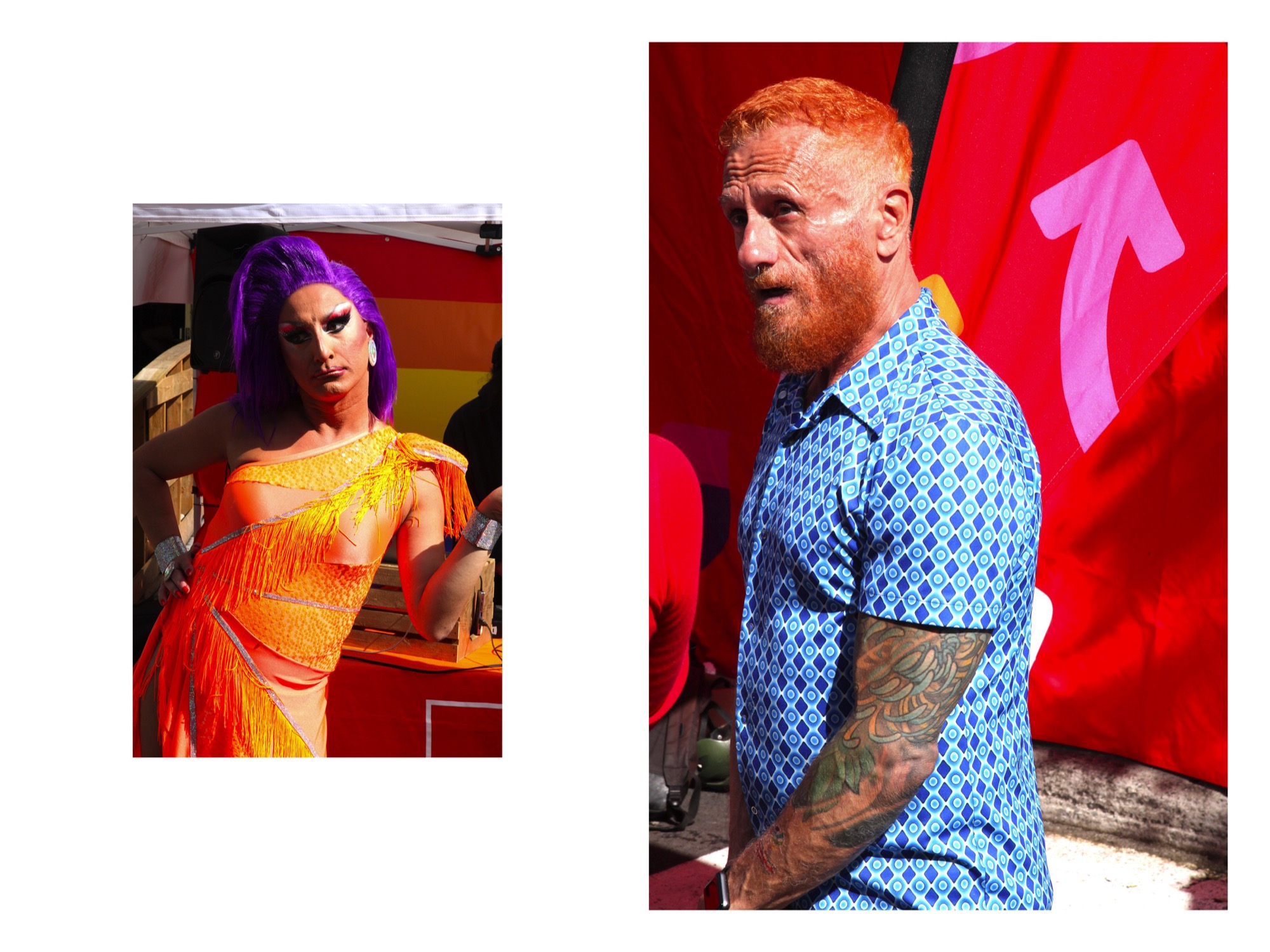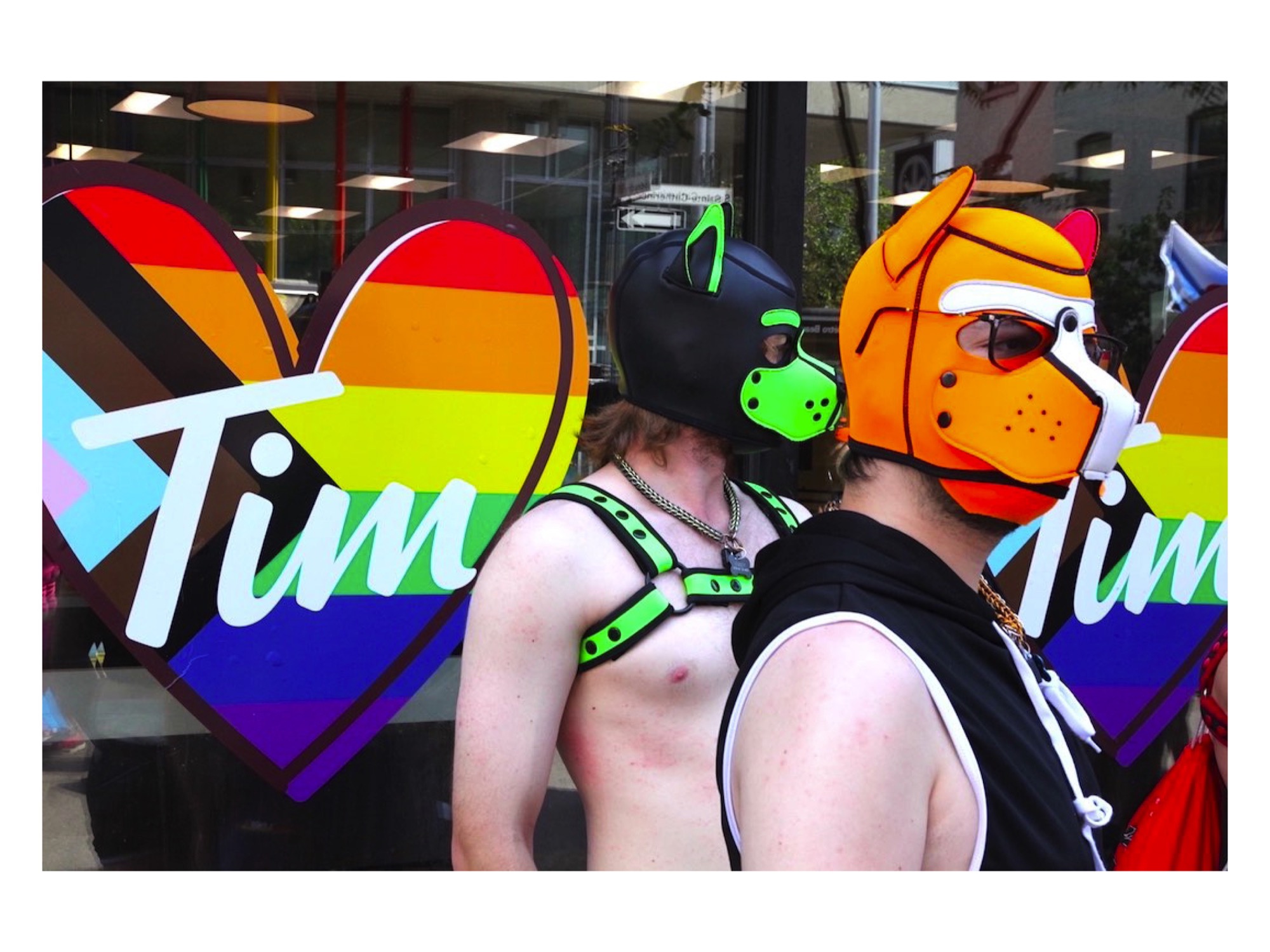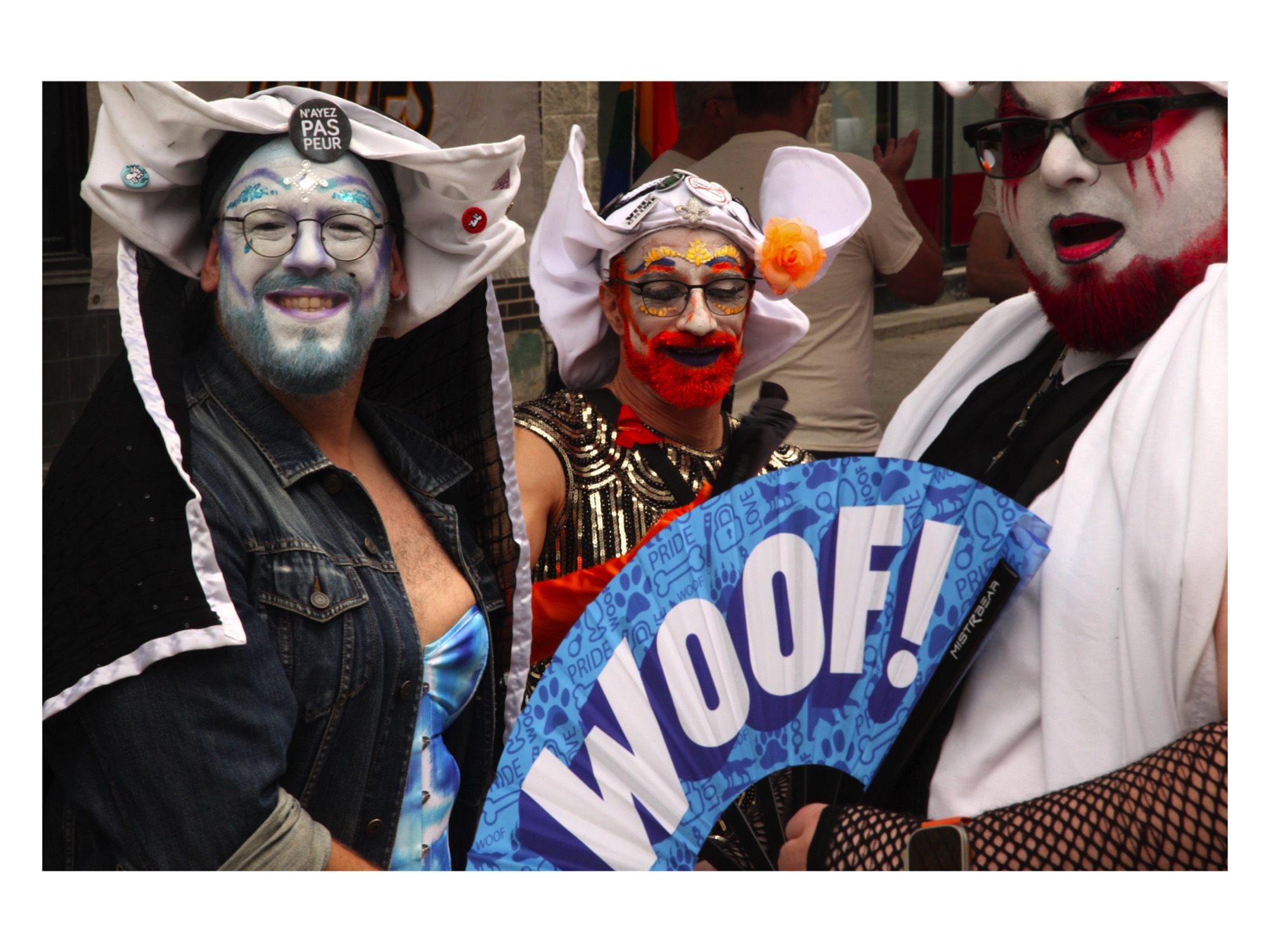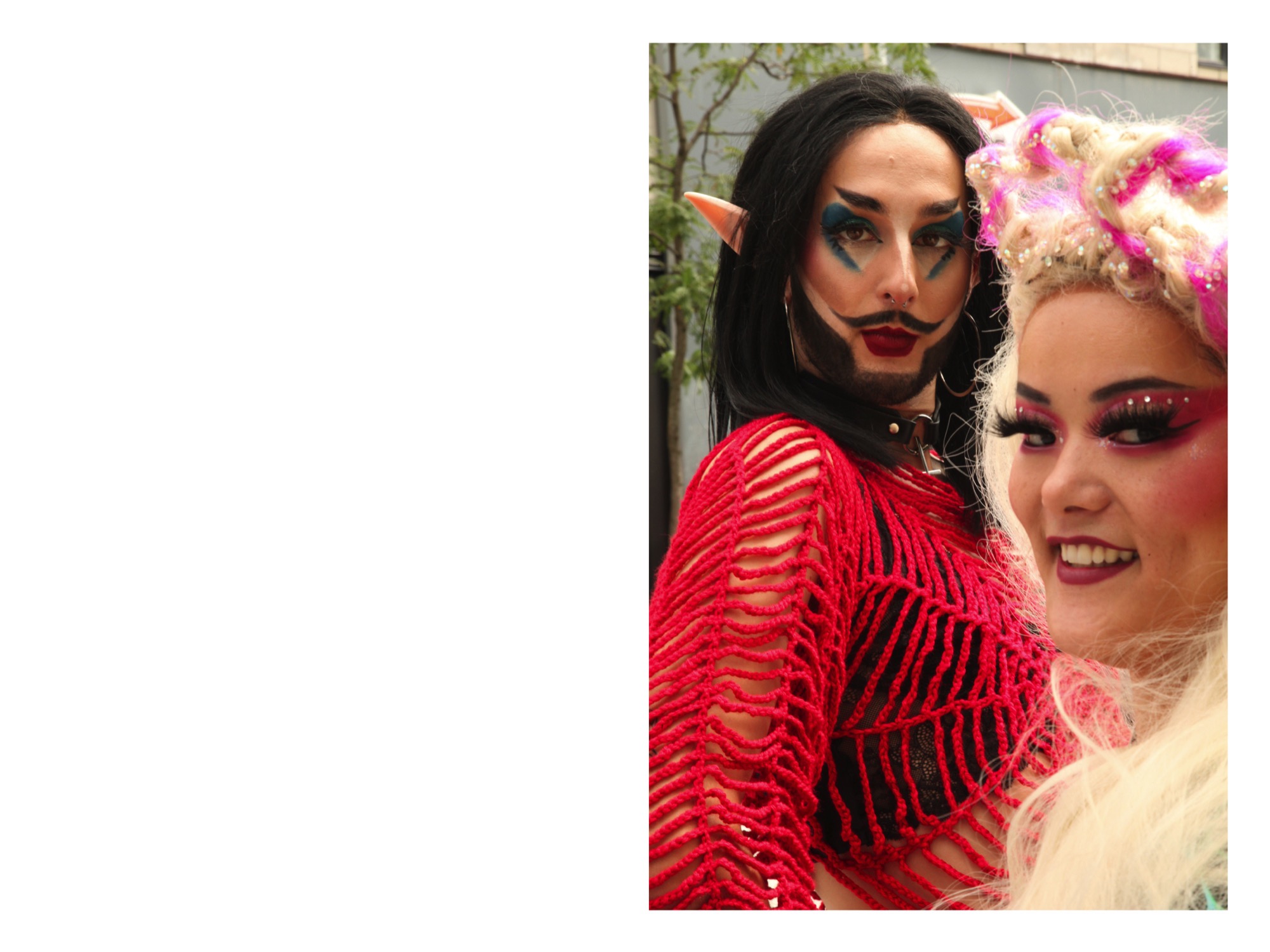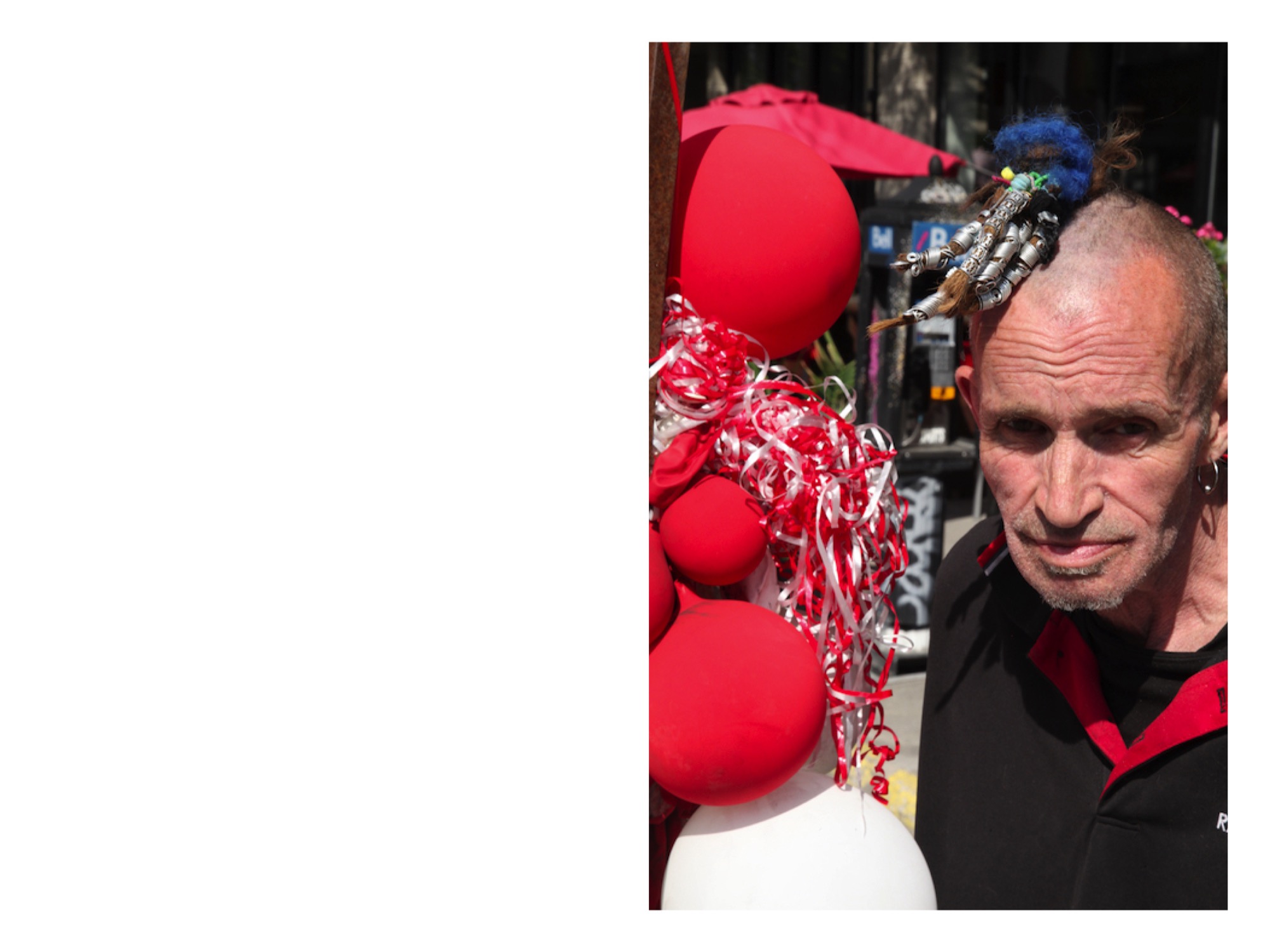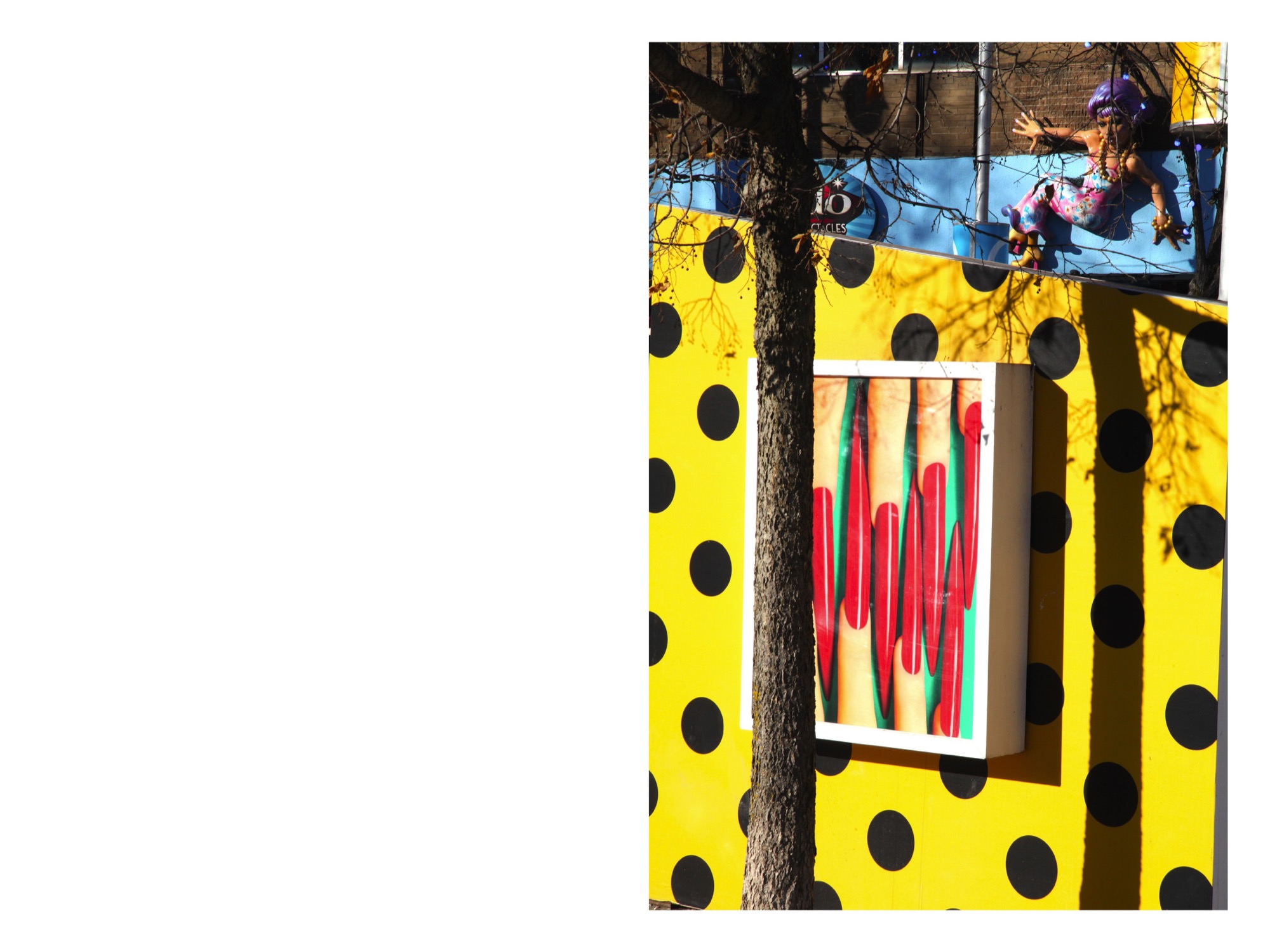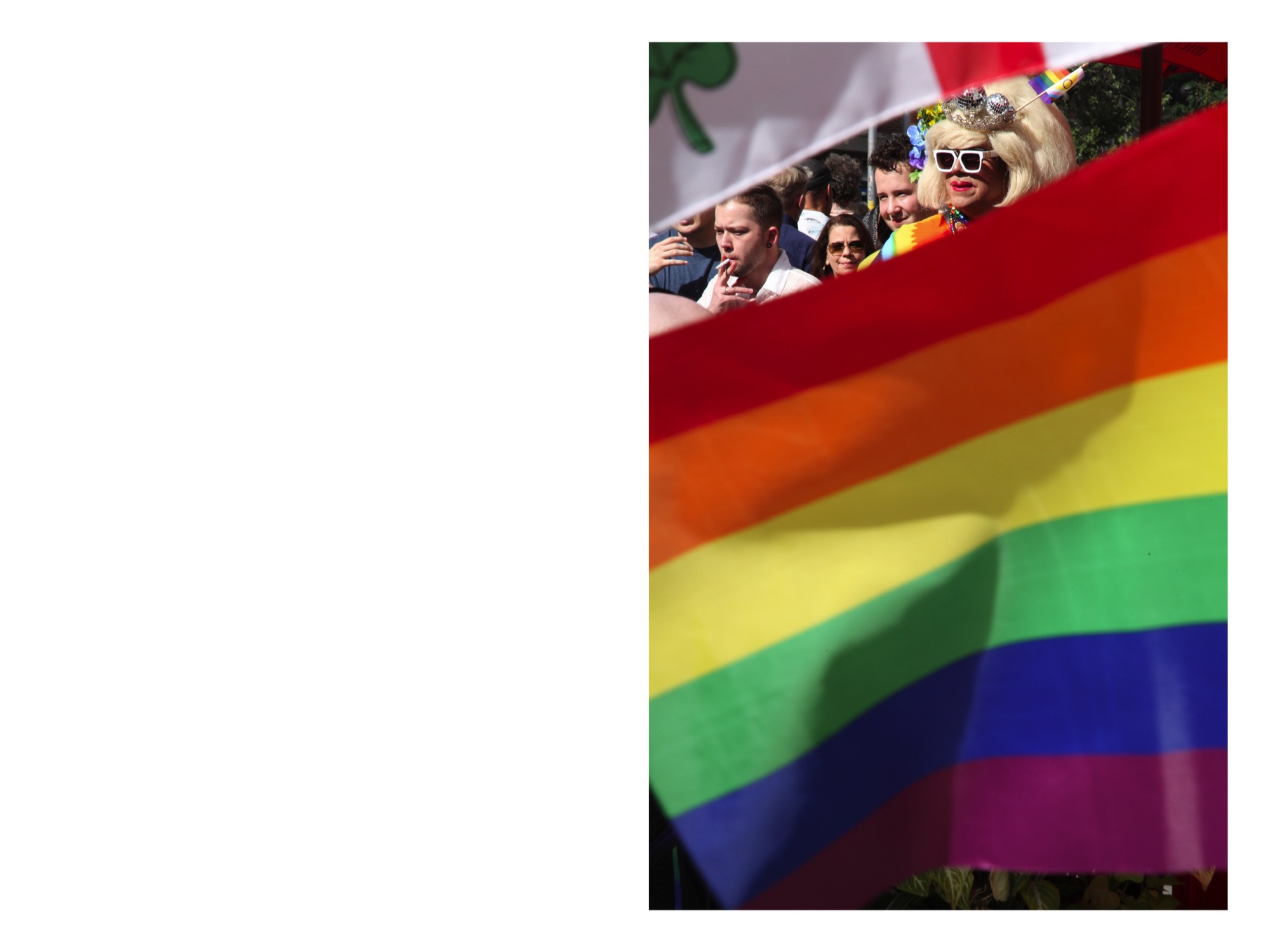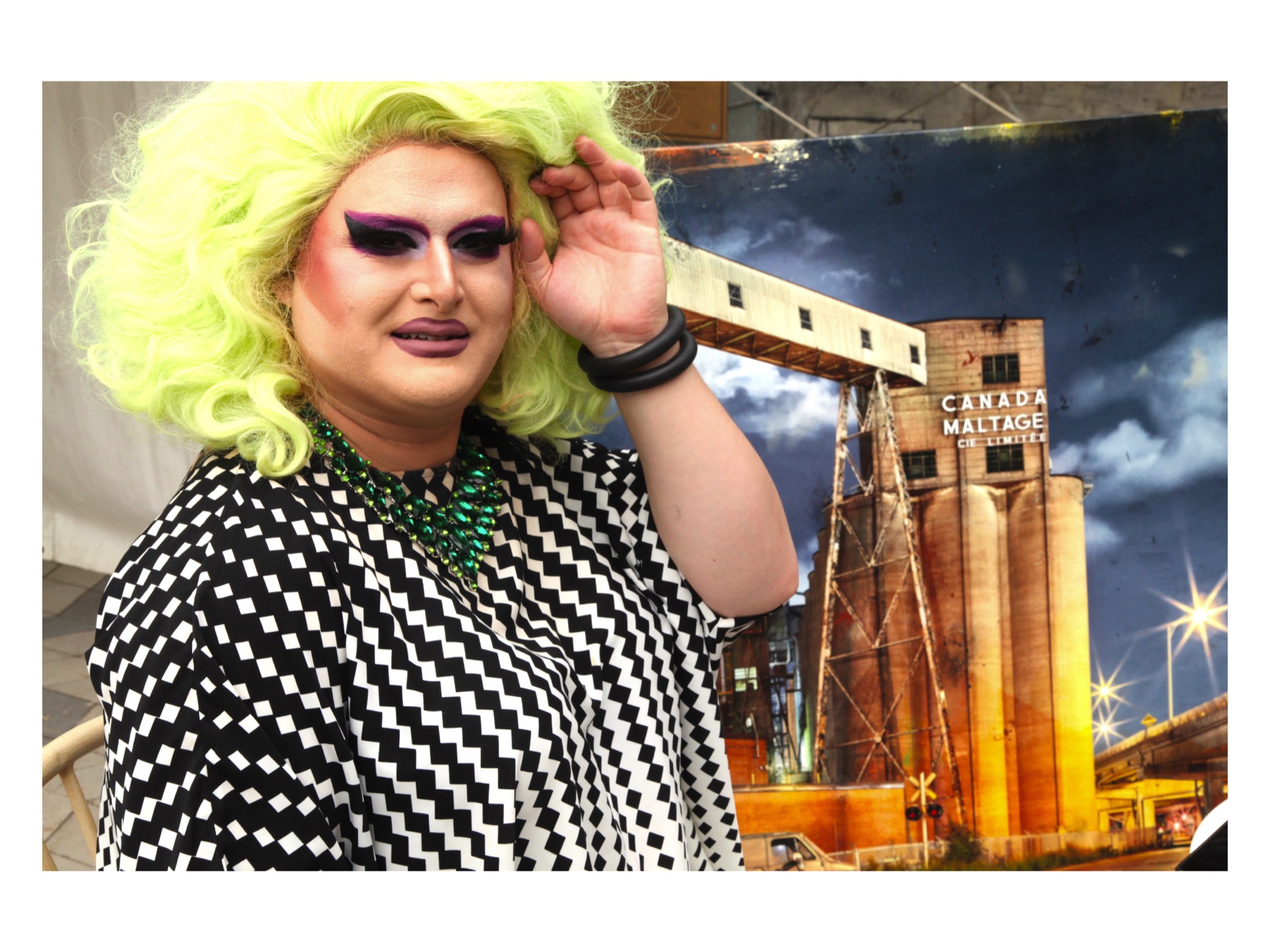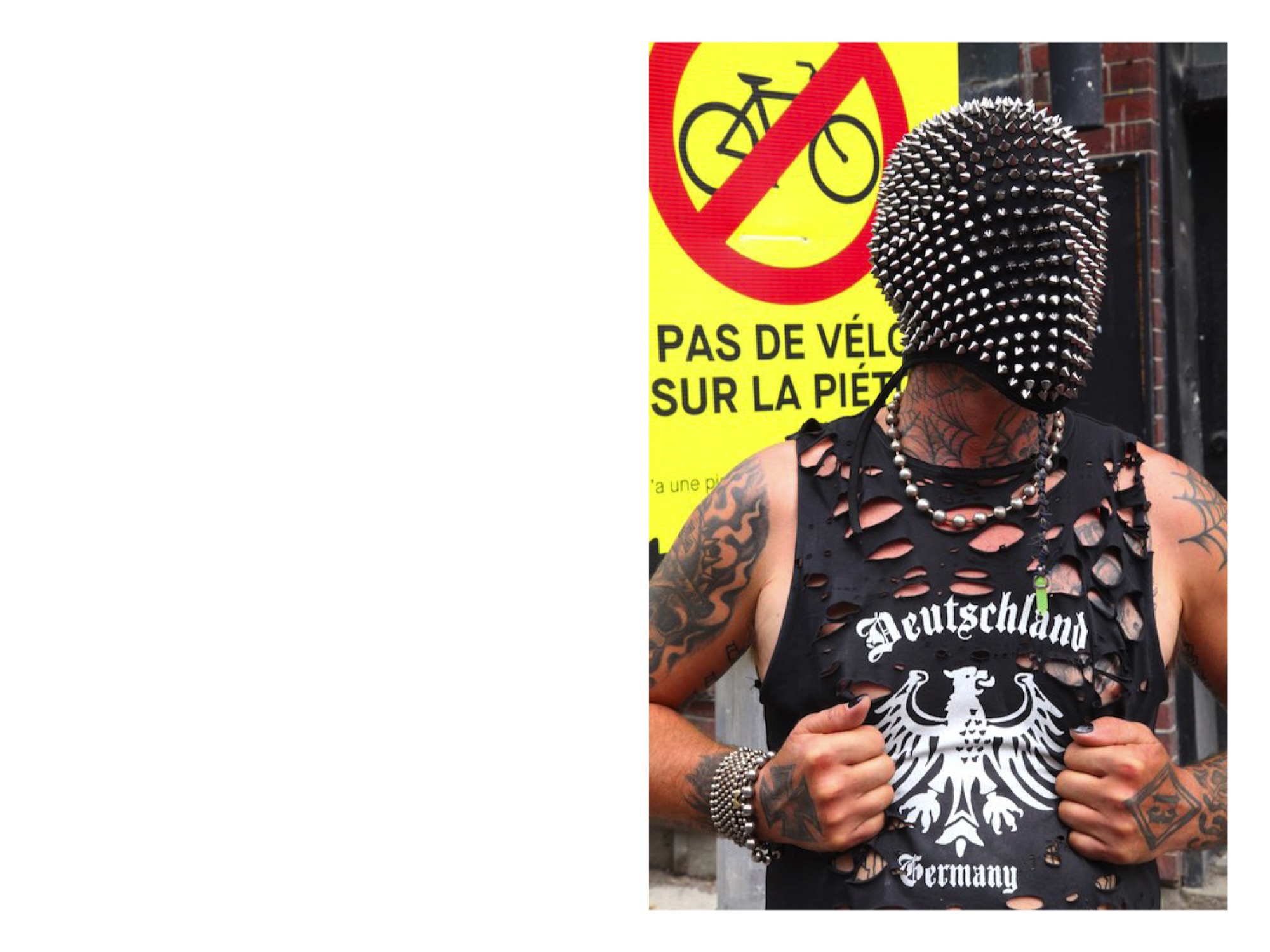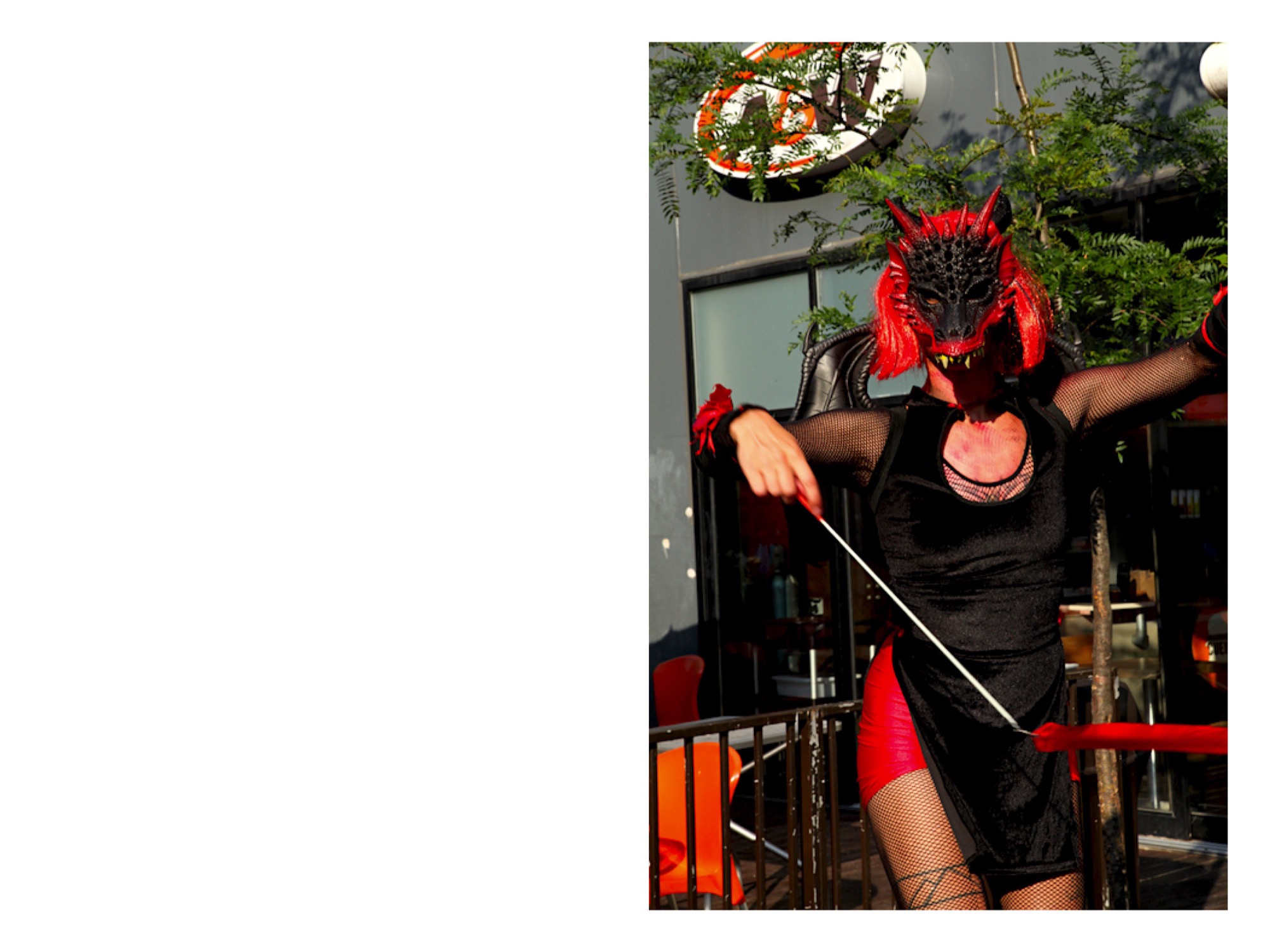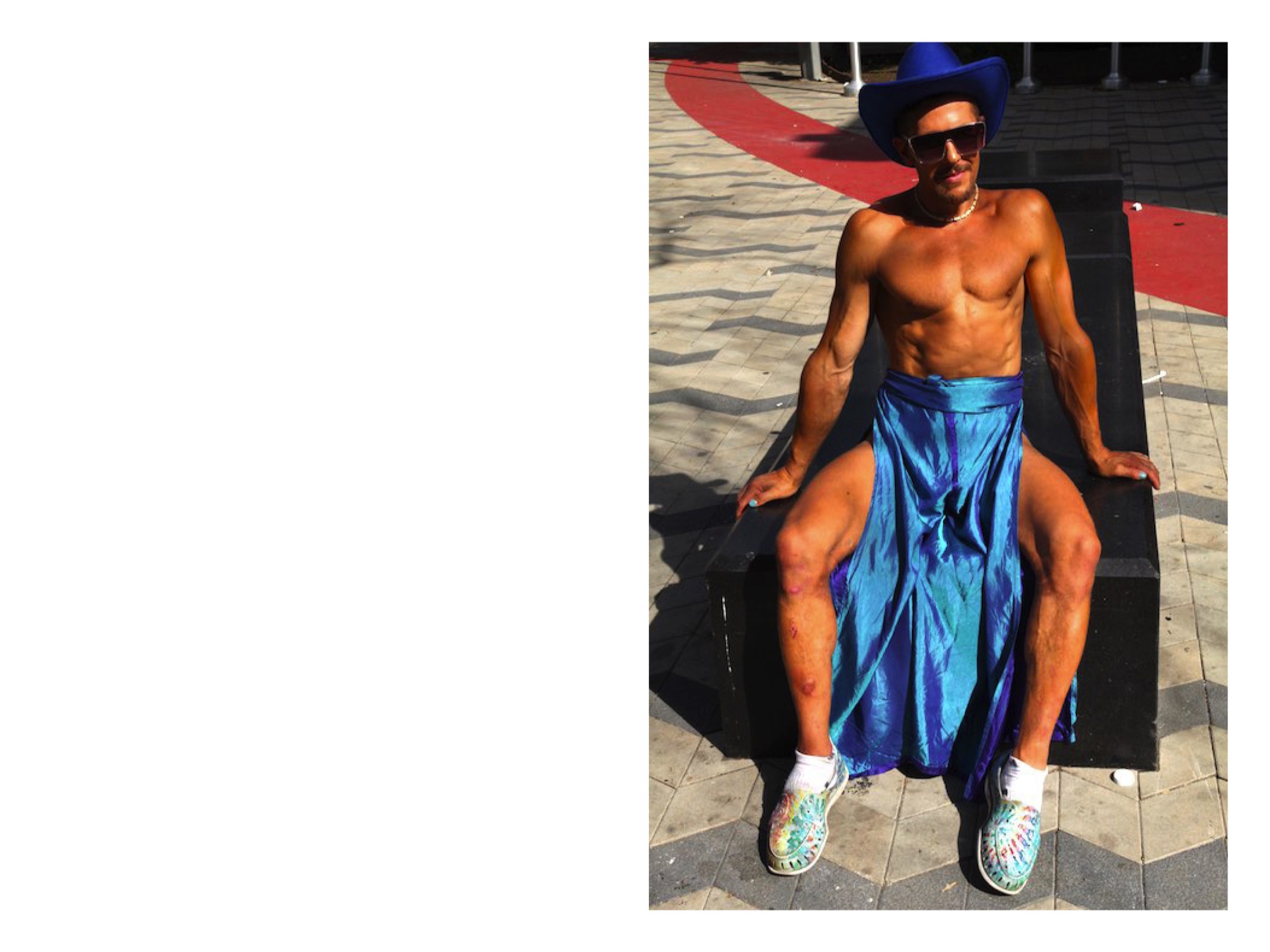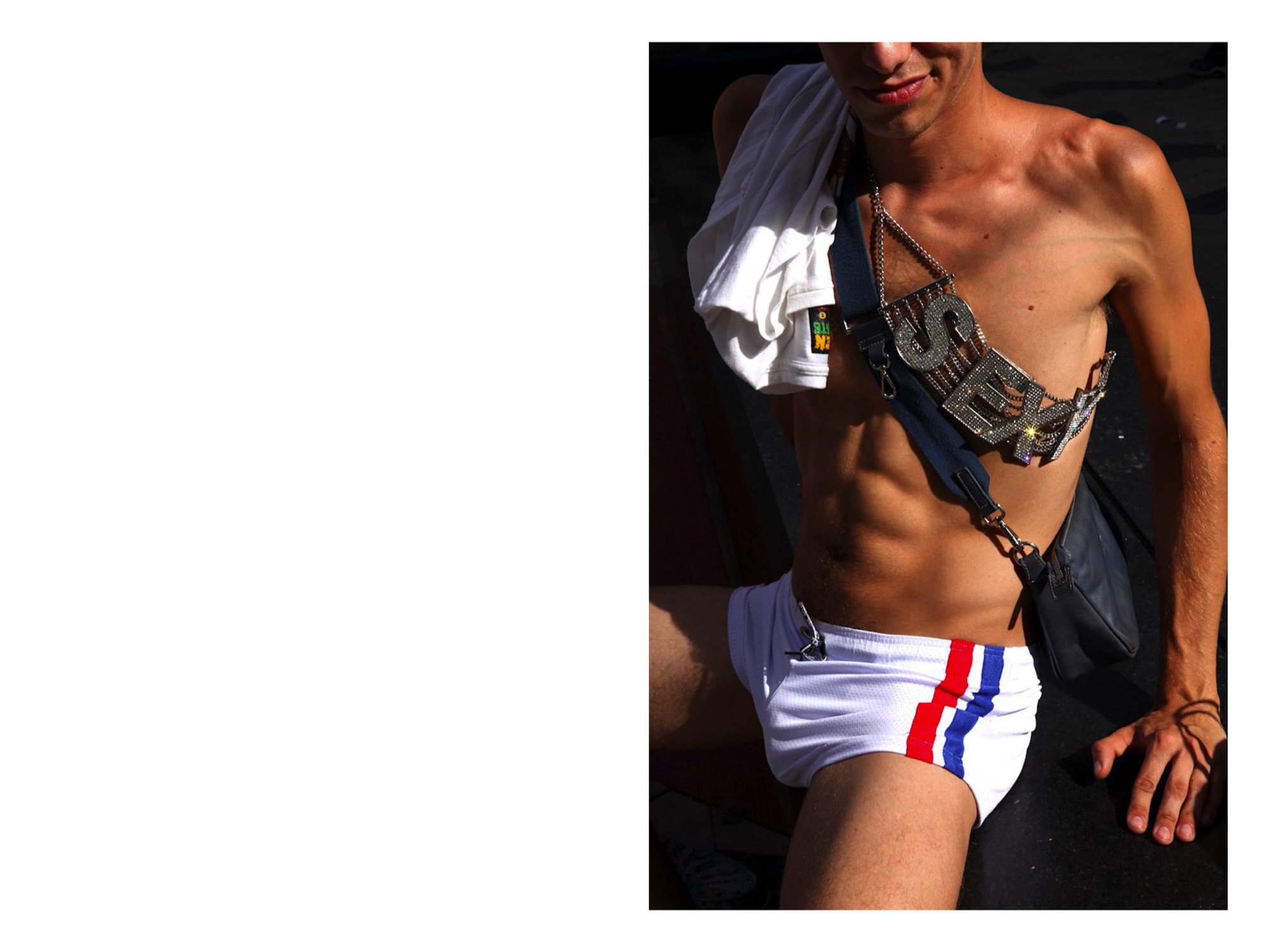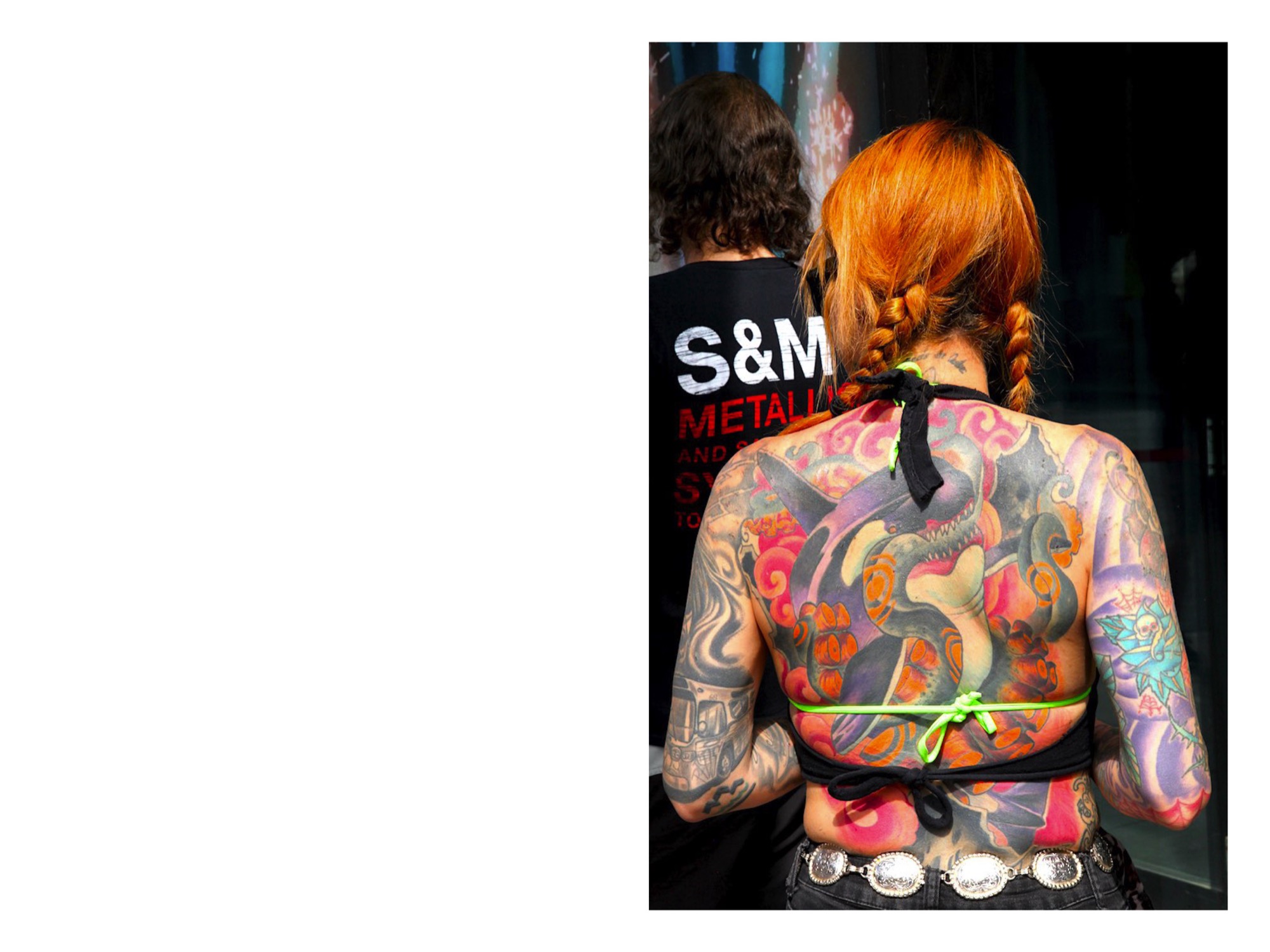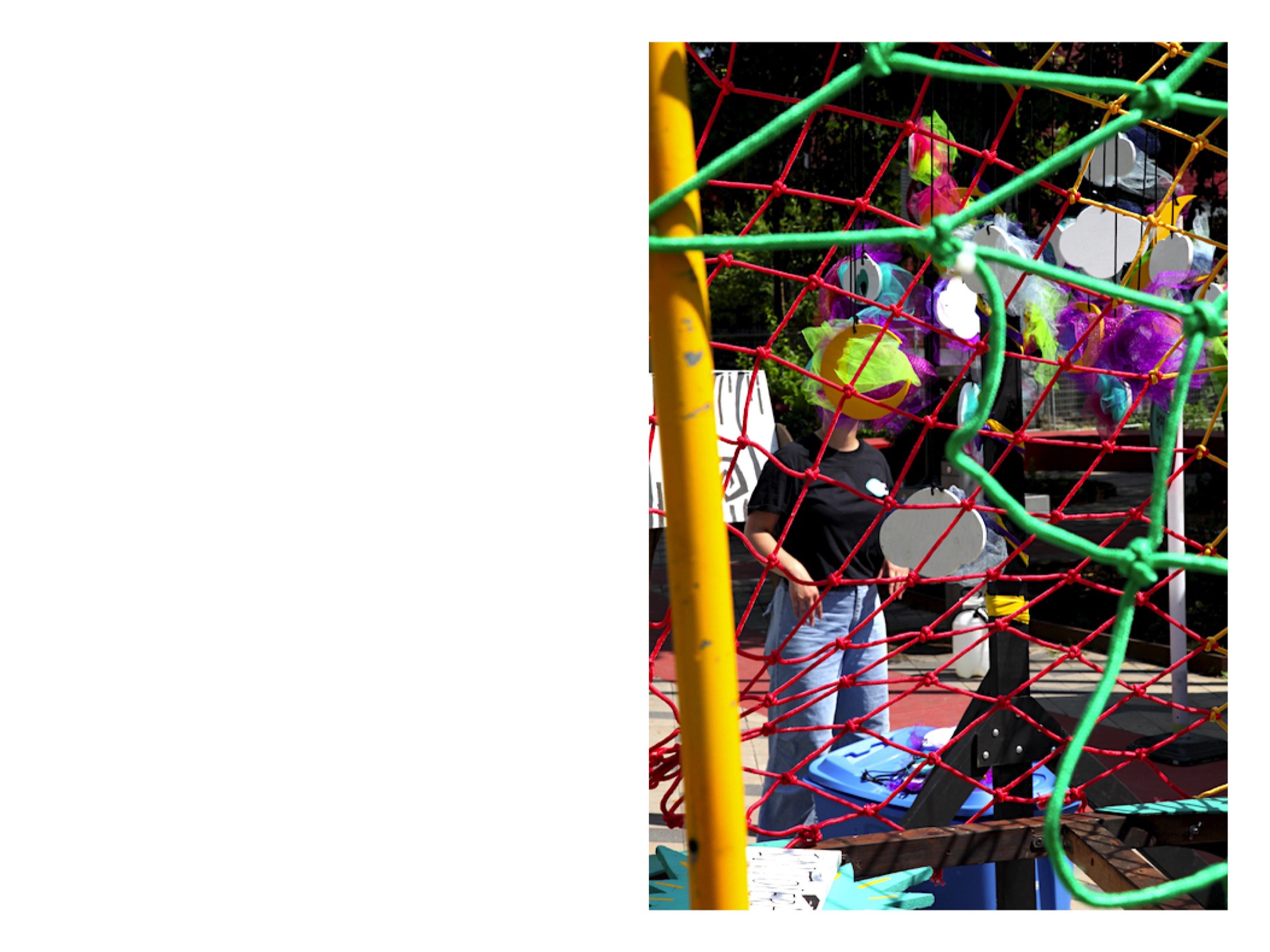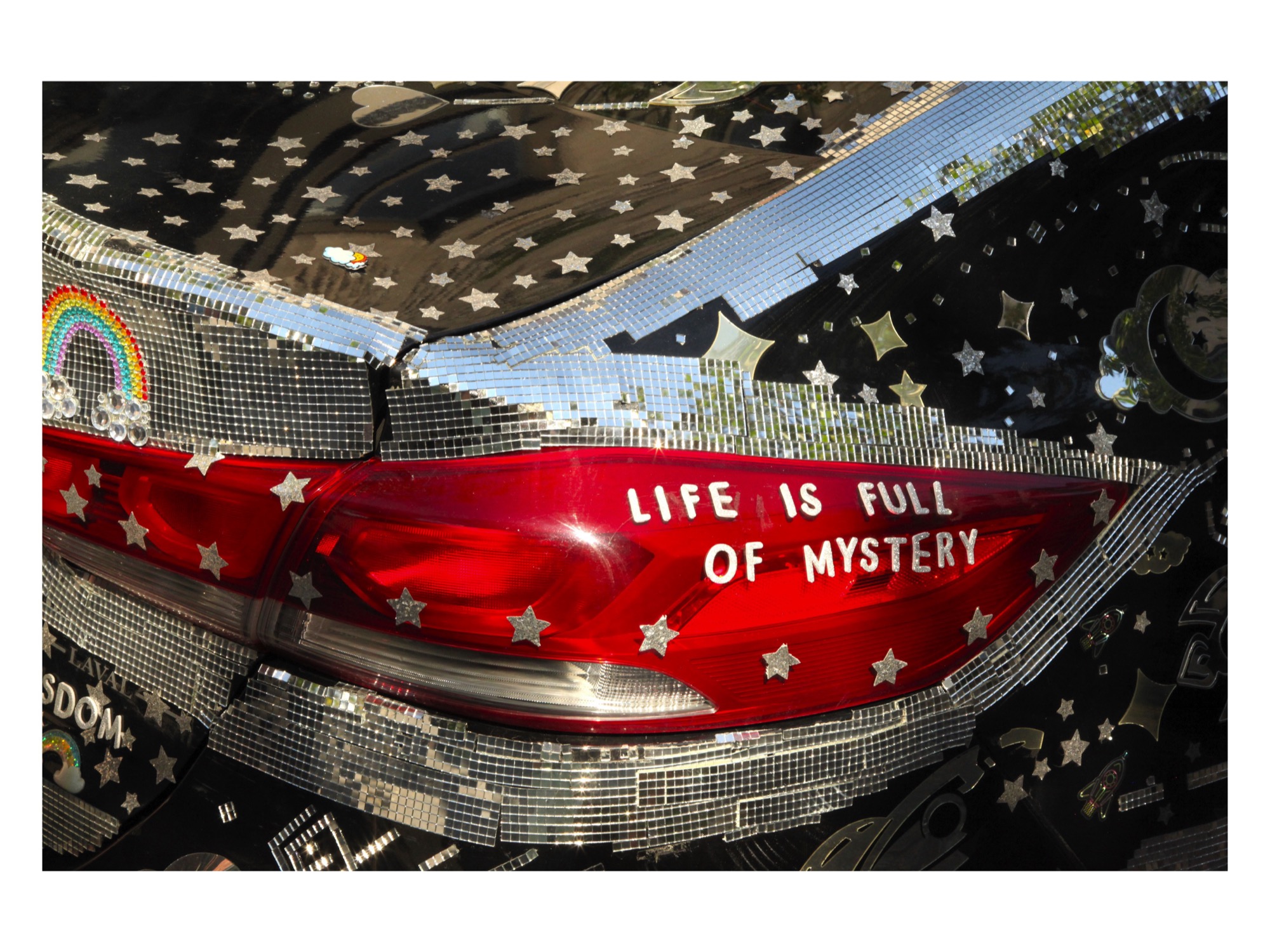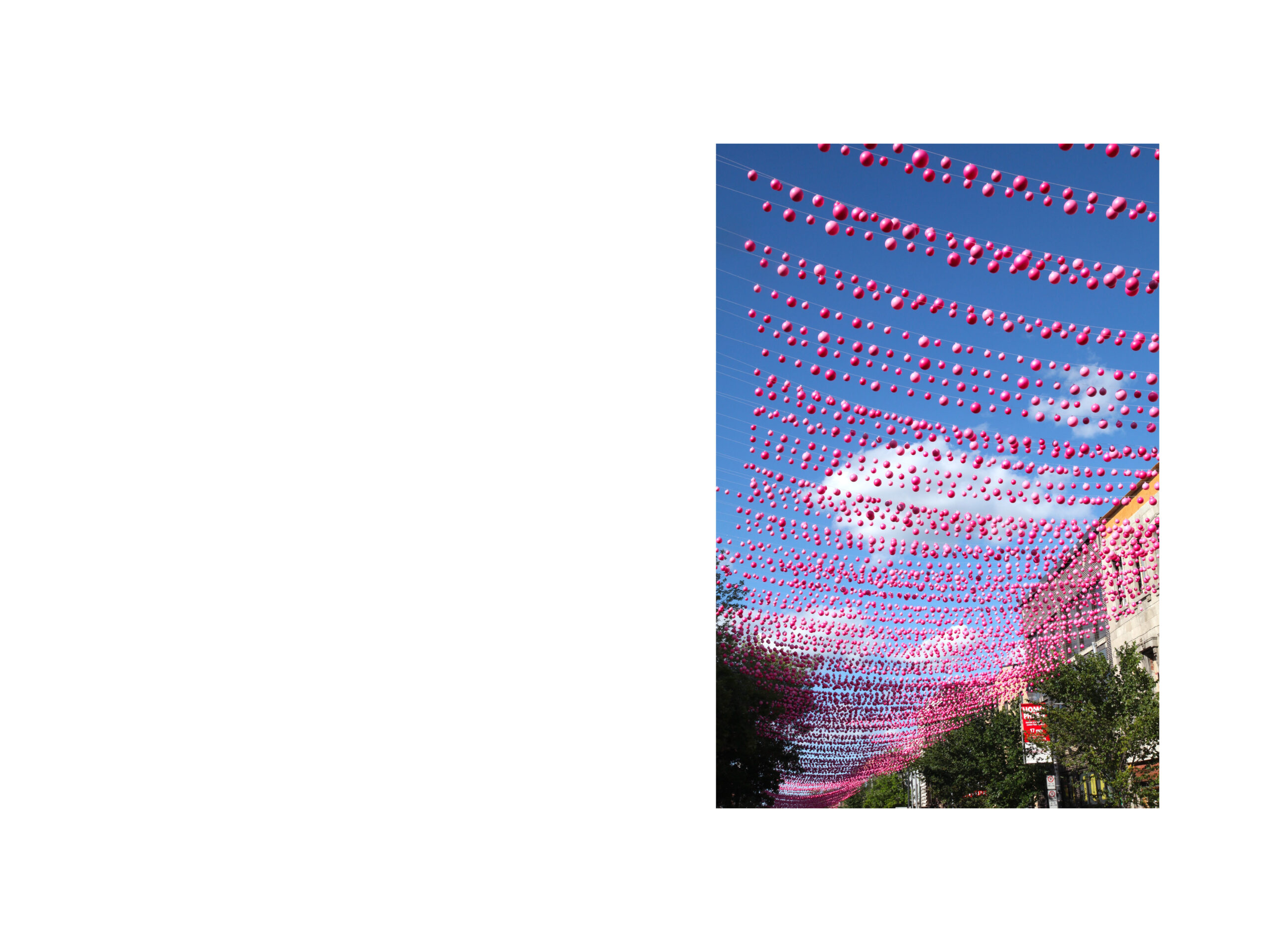[August 14, 2024]
By Robert Walker
I often wondered why the colours mauve, purple, and lavender were associated with a “gay aesthetic” – if, indeed, there is such a thing. Purple has long been synonymous with gay and bisexual people, but why?
From some research originally conducted by Scott McPherson, I learned that the origin of the association goes back to 1856, when an English chemist accidentally discovered the first synthetic dye, mauveine. This gave rise to an entire industry of synthetic dyes that became very fashionable by the 1890s. The timing couldn’t have been more perfect. The trend arrived at the height of gay playwright Oscar Wilde’s and artist Aubrey Beardsley’s fame. Beardsley’s sexually explicit Art Nouveau works depicted people of the same gender and, though quite controversial, opened the door to conversations about homosexuality.
It wasn’t until 1926 that author Thomas Beers published his book about the 1890s, titled The Mauve Decade, and the more society learned about the prevalence of same-sex desire, the more mauve became symbolic of homosexuality.
Fast-forward to the 1950s, and take the gay nostalgia associated with mauve and the faded purple’s likeness to lavender, and get U.S. Senator Everett Dirksen’s term “lavender lads” – used repeatedly as a synonym for homosexuals during this political time of fear and persecution of gay men, later known as the “Lavender Scare.”
Ultimately this led to a generalization of the association between gay men and purple – in its various shades – and over a decade later, when the gay rights movement began, it adopted the colour.
Born in Montreal, Quebec, Robert Walker graduated from Concordia University in 1969, where he studied painting with Jean Goguen and Roy Kiyooka. He participated in photography workshops with Lee Friedlander in Montreal in 1975 and with Gary Winogrand in New York in 1980. He lived and worked in New York for ten years where was published his book New York Inside Out (Oxford University Press, 1984), with an introduction by William S. Burroughs. His second book Color is Power (Thames & Hudson, 2000) served as a catalogue for an exhibition which travelled through six countries in Europe. In 2018, he was commissioned by the McCord Stewart Museum to produce a photo documentation of the transformation of the Griffintown district in Montreal. This work culminated with an exhibition in 2020. http://robertwalkerphotographer.biz/


